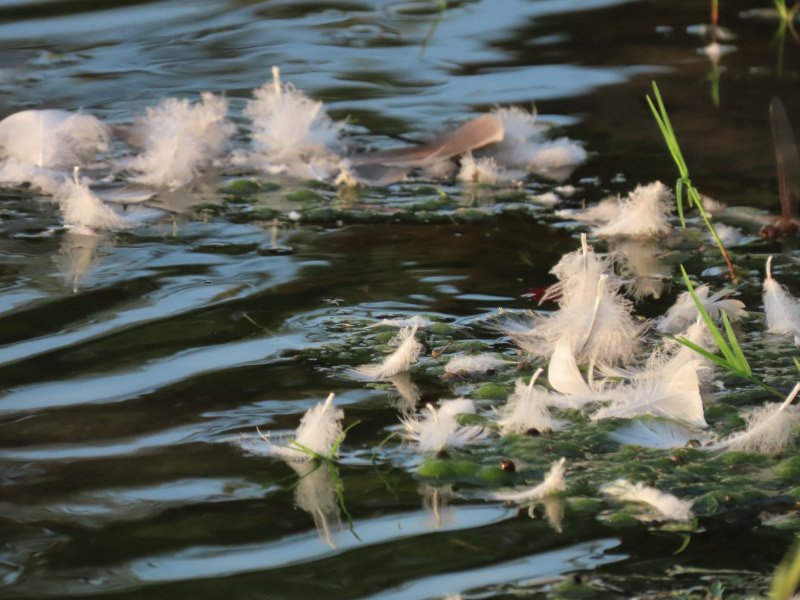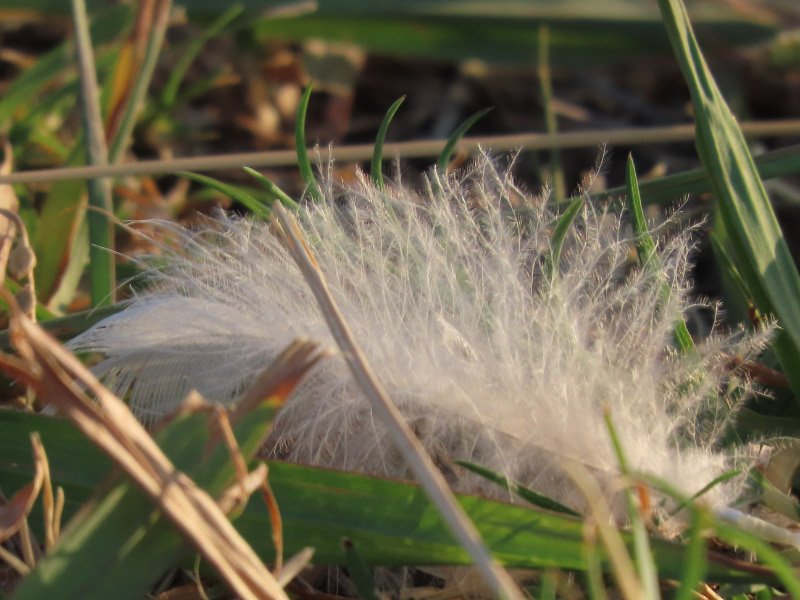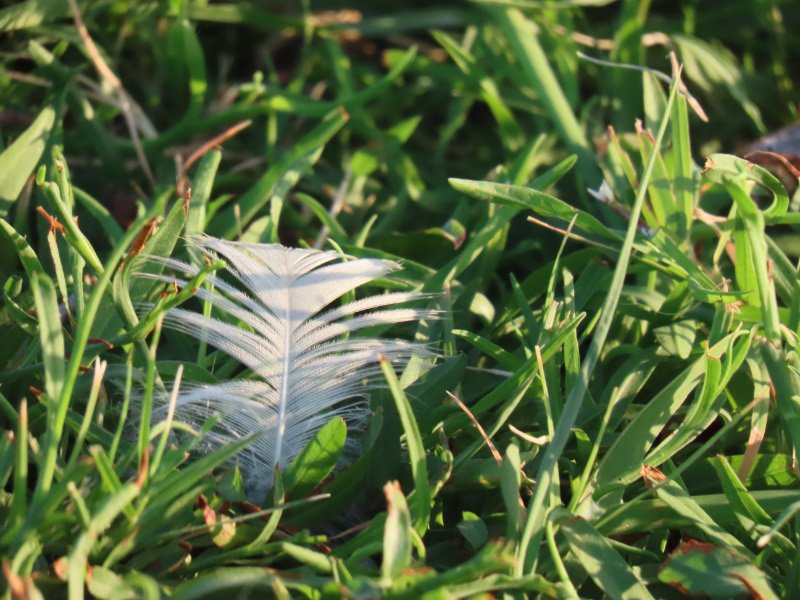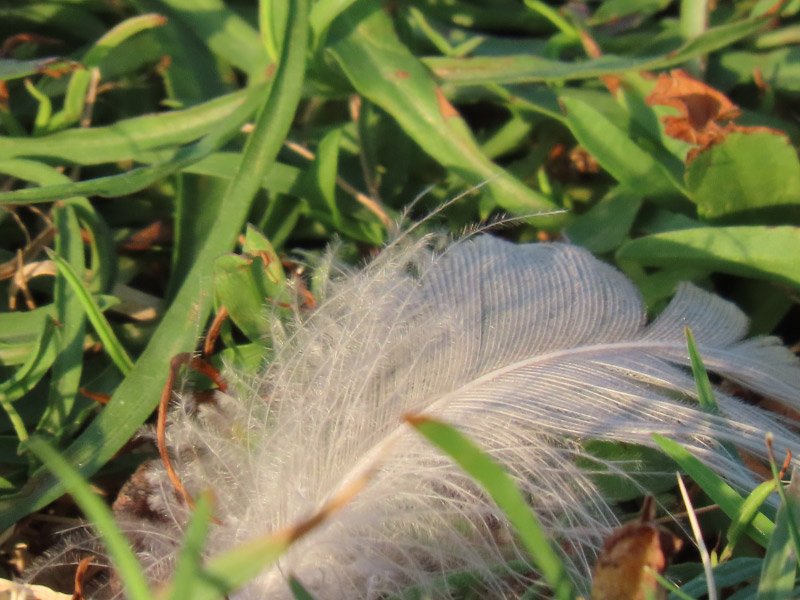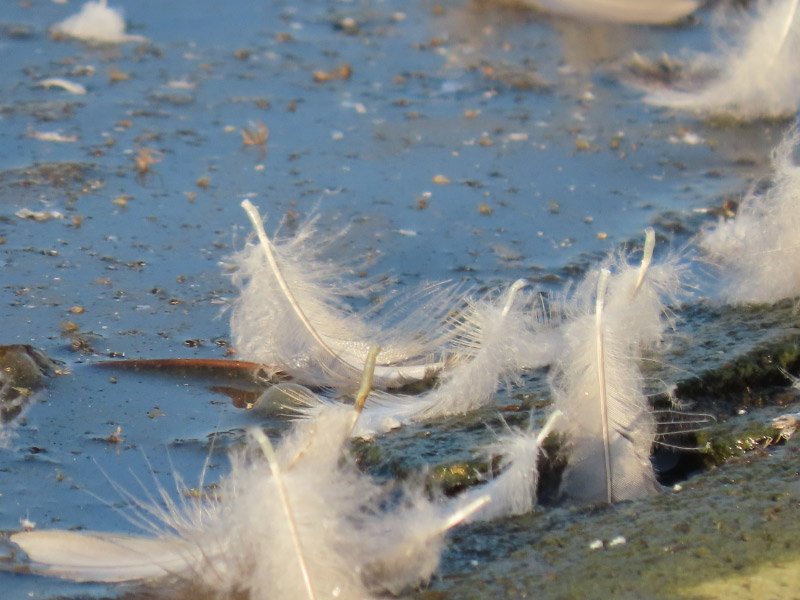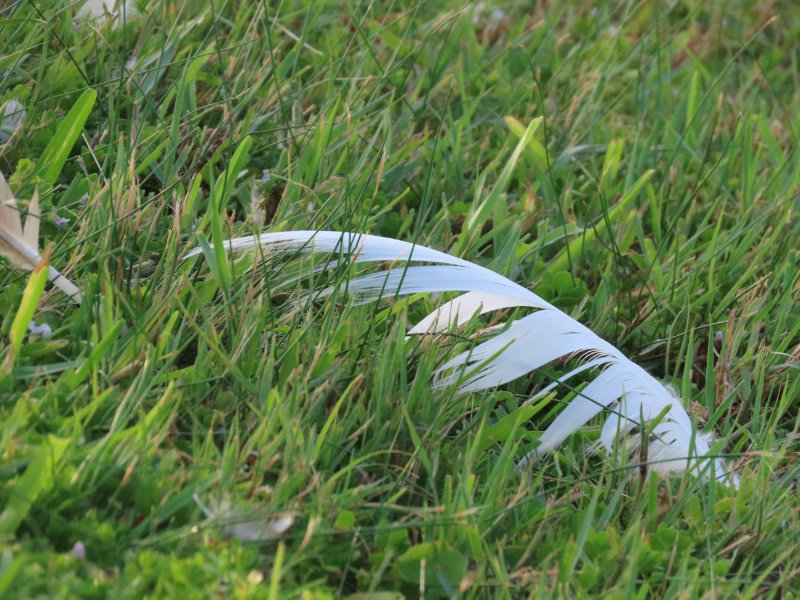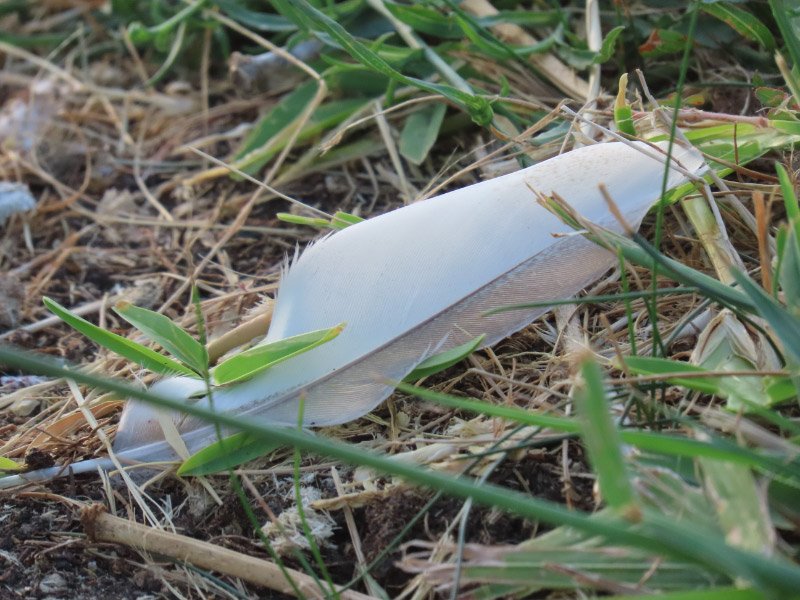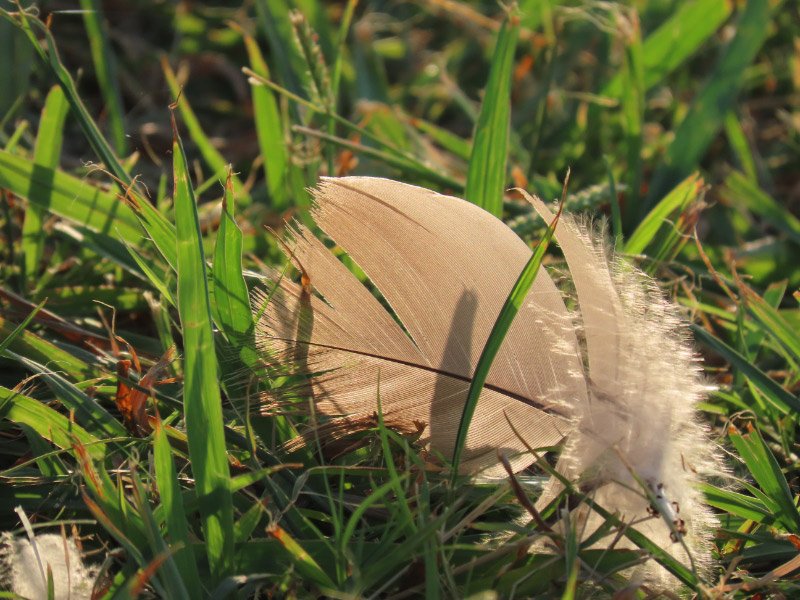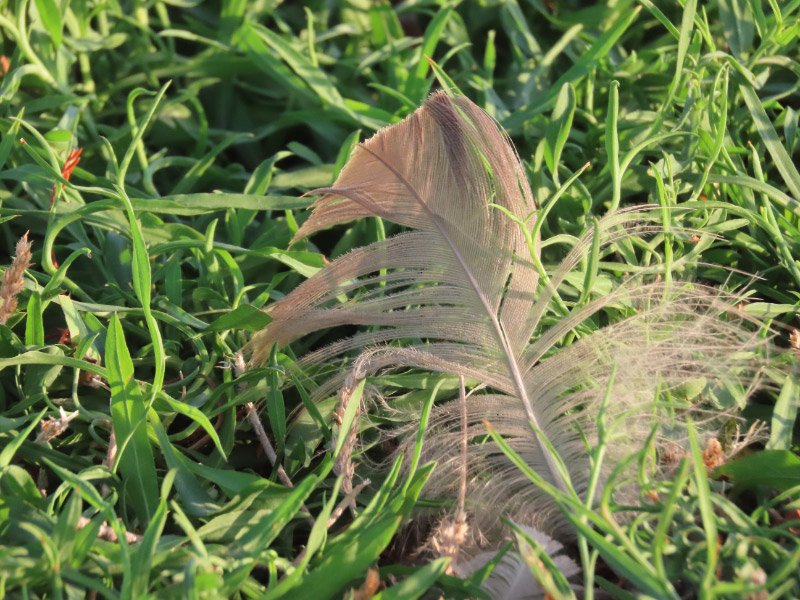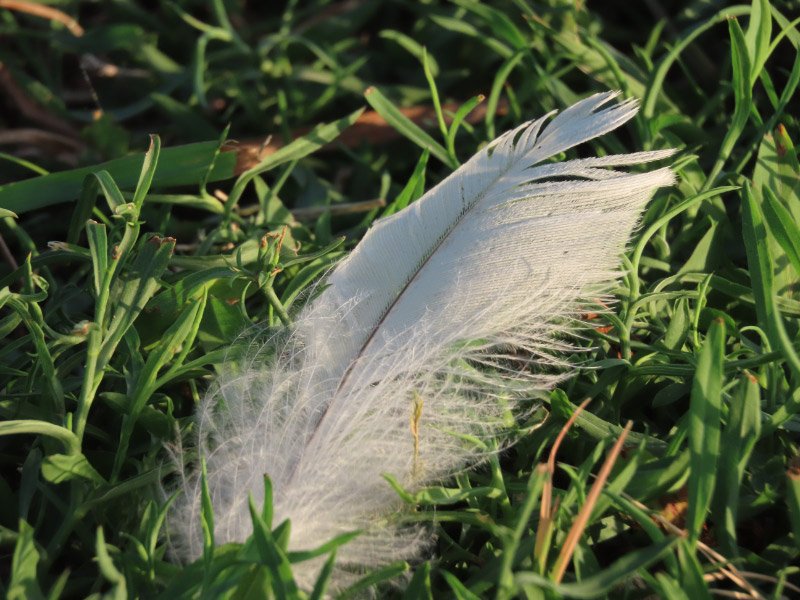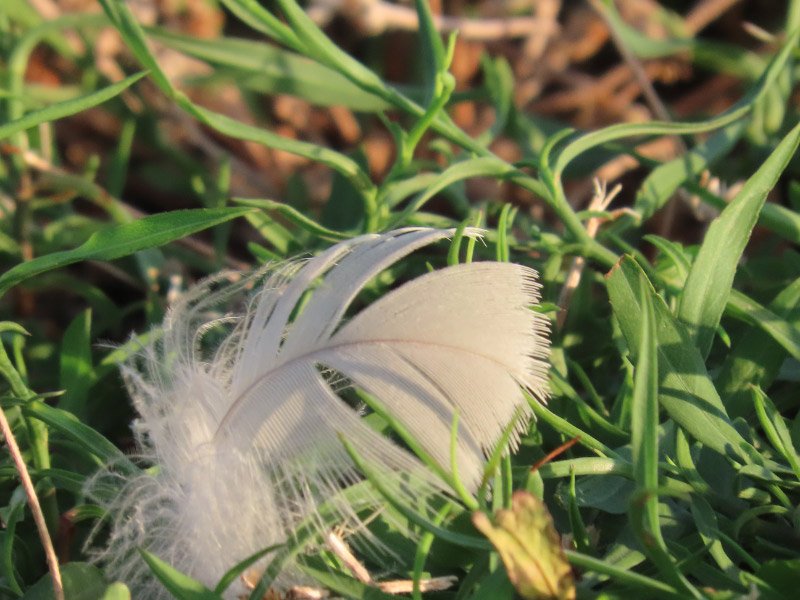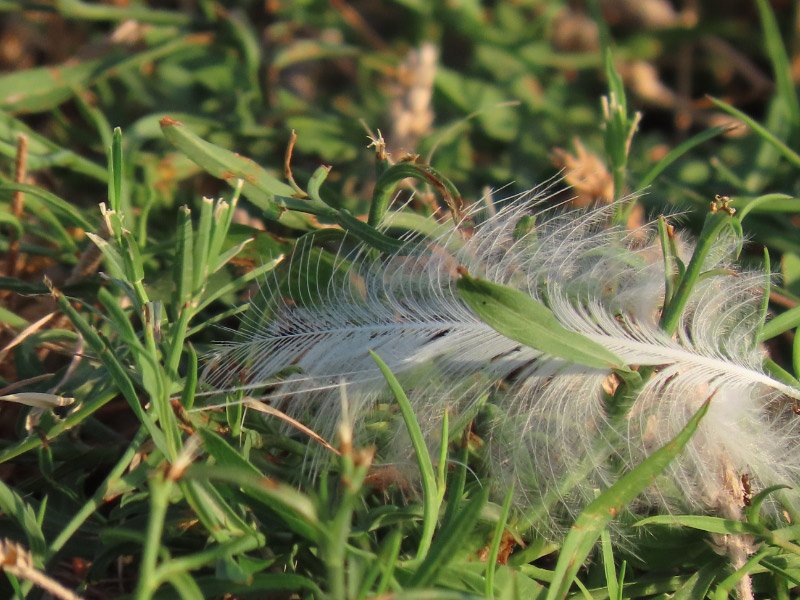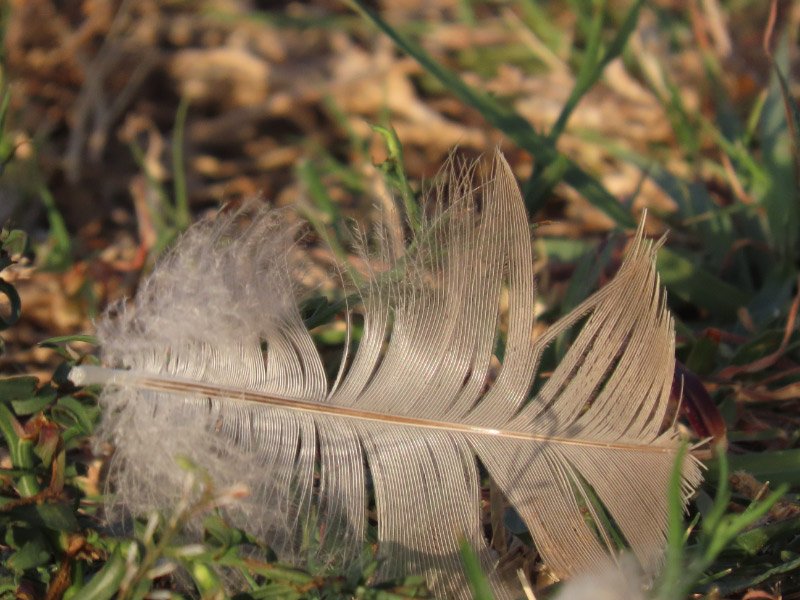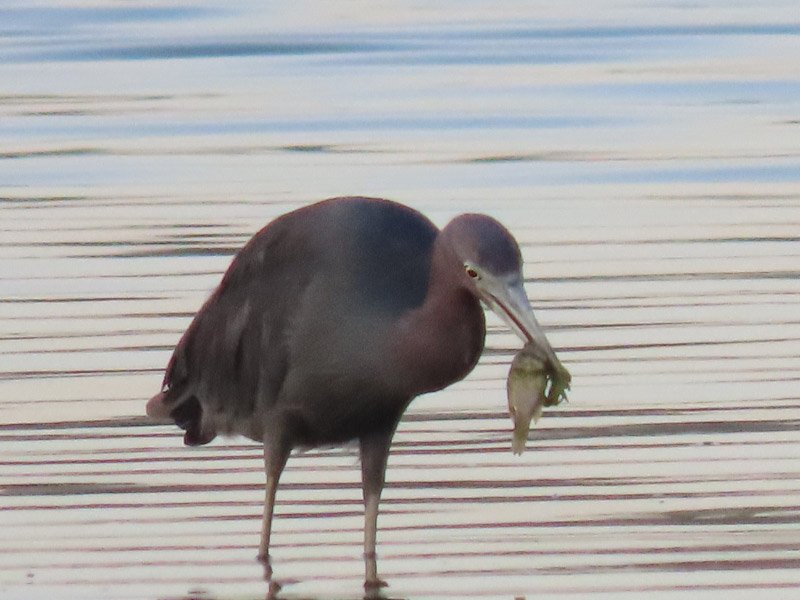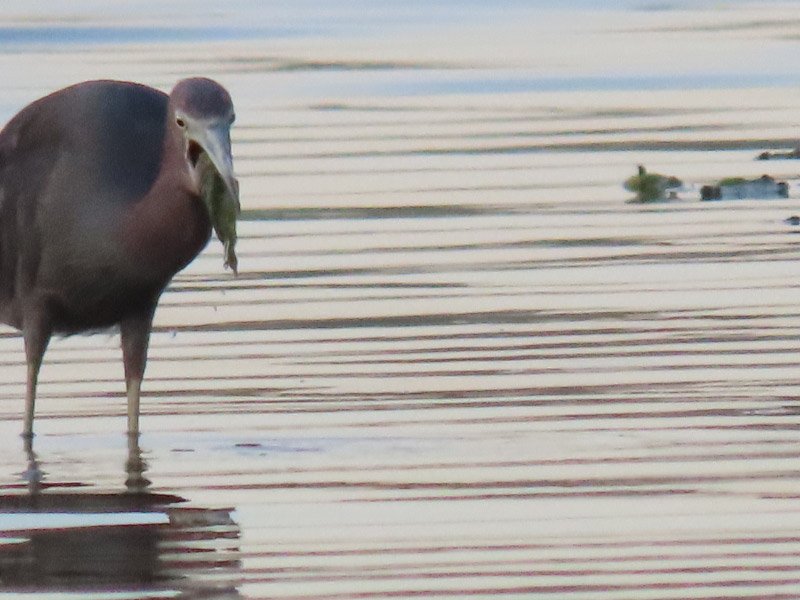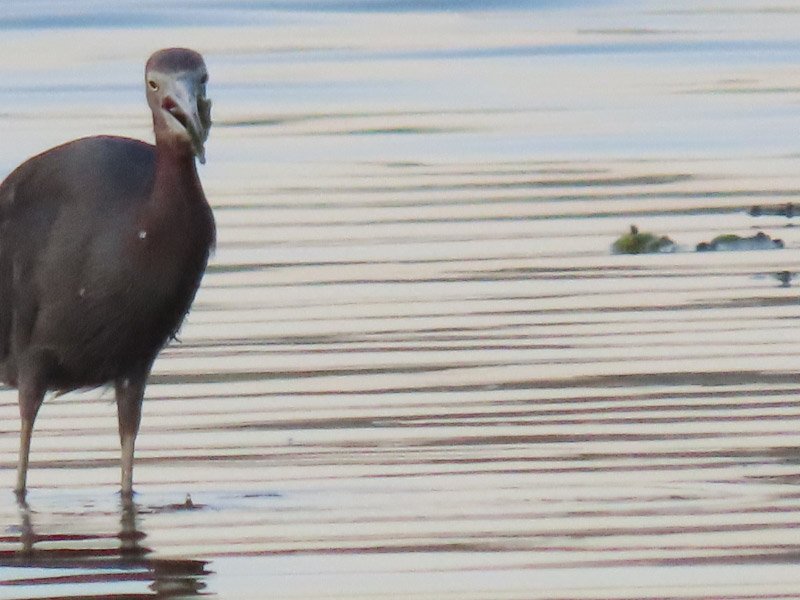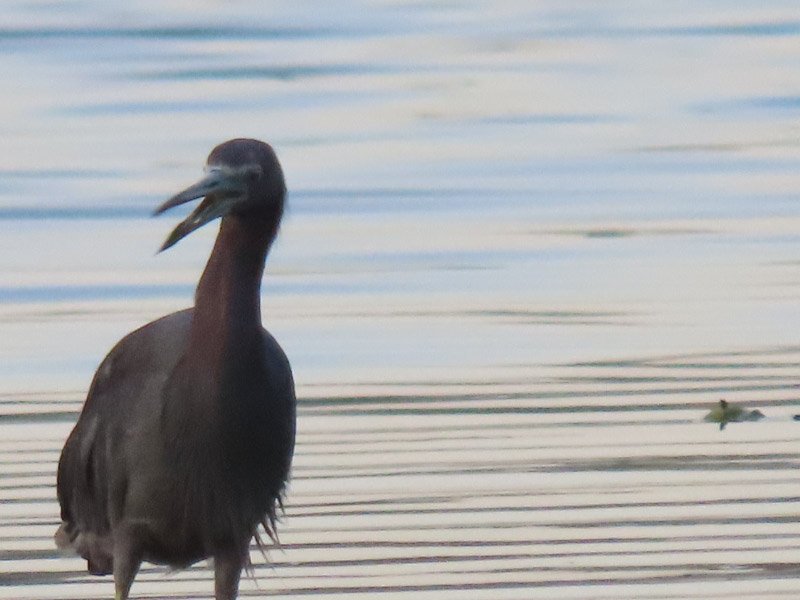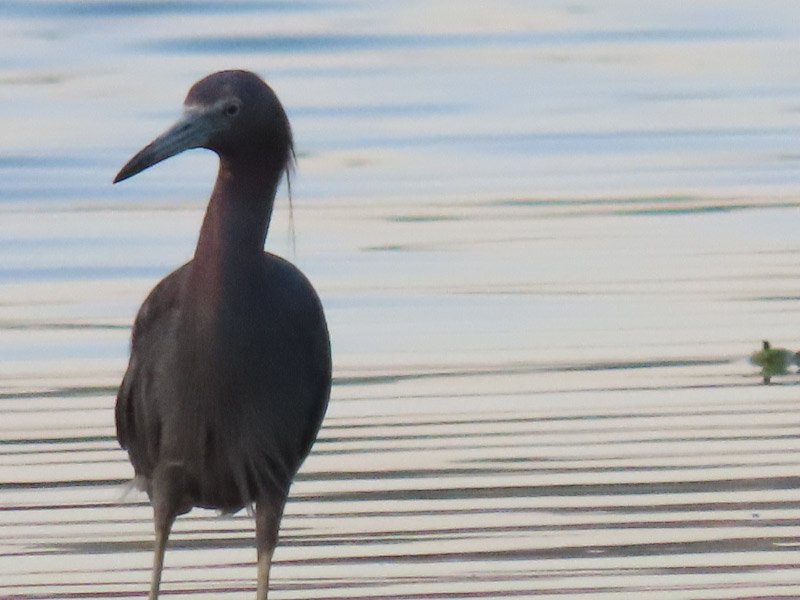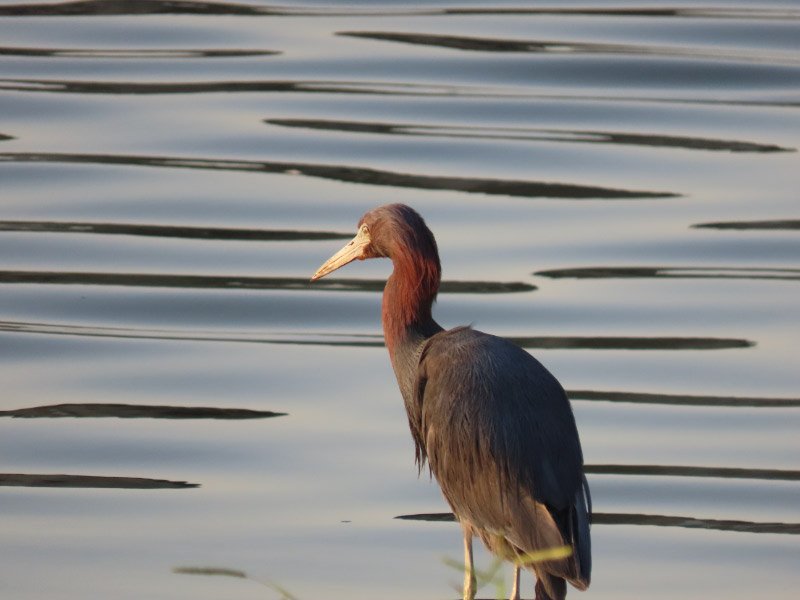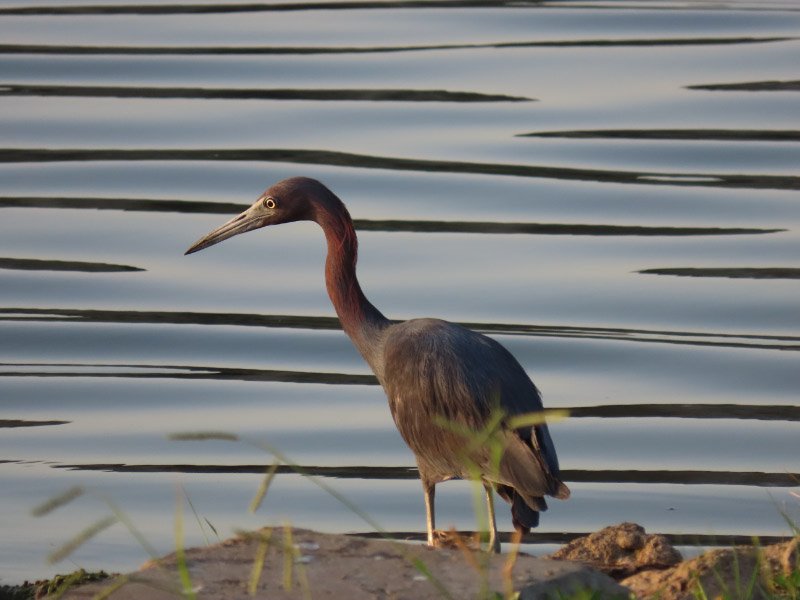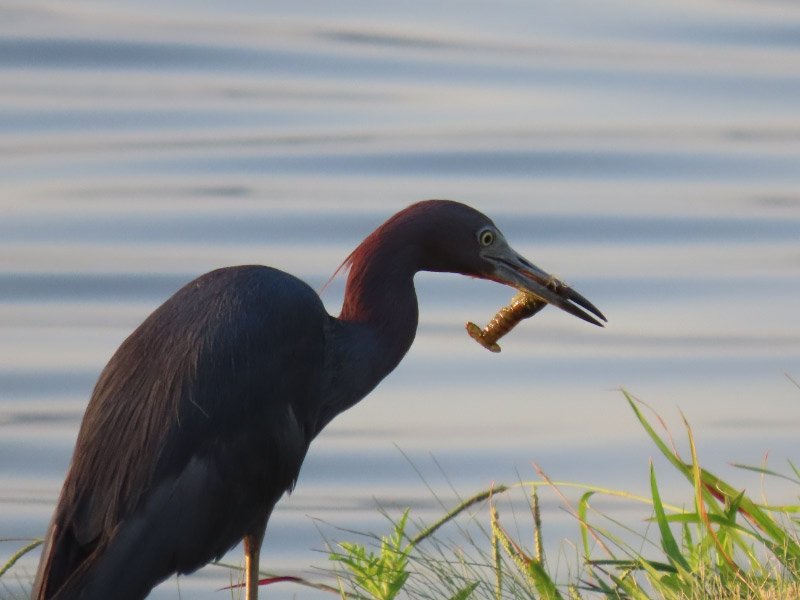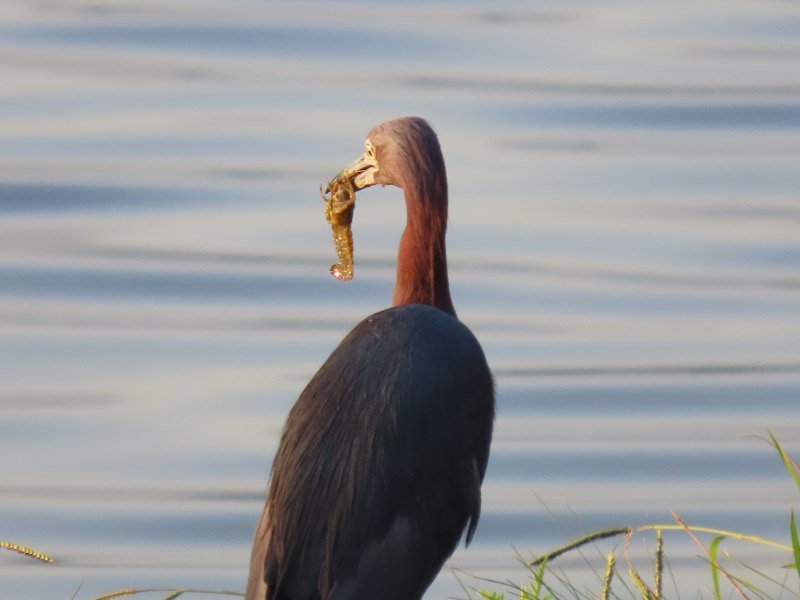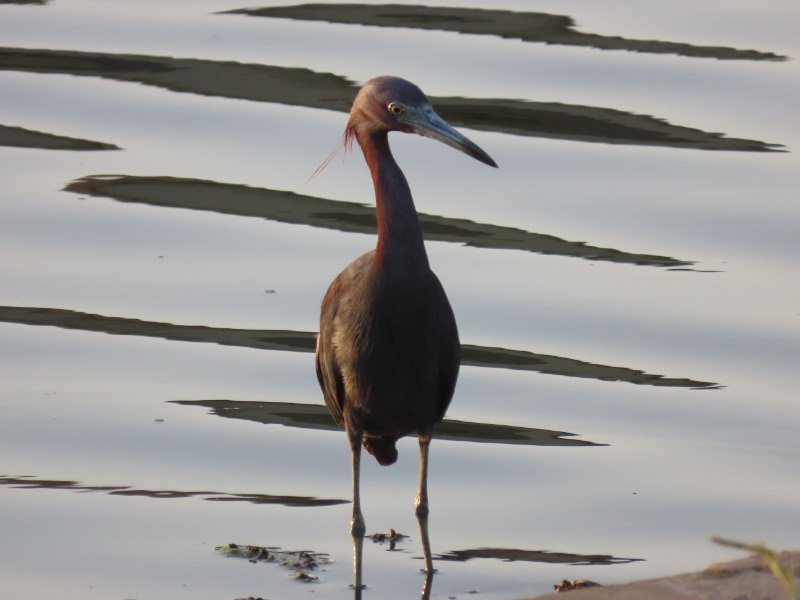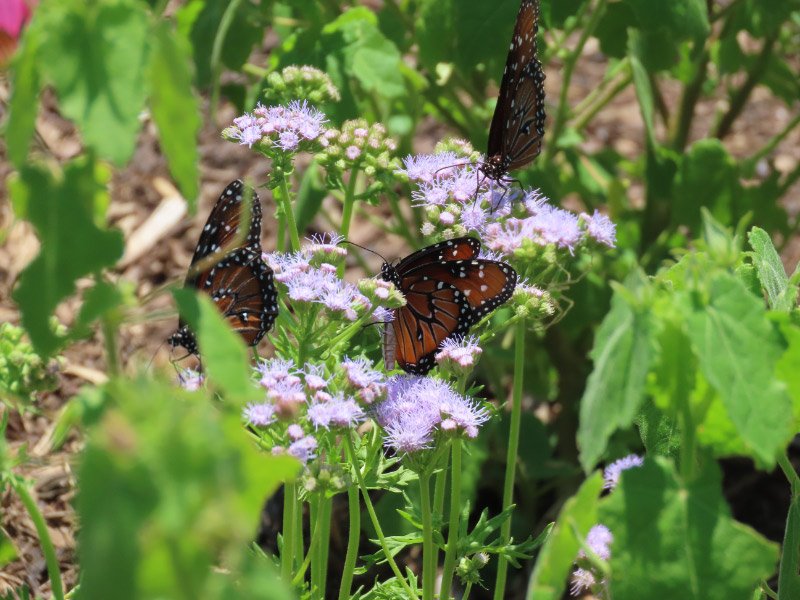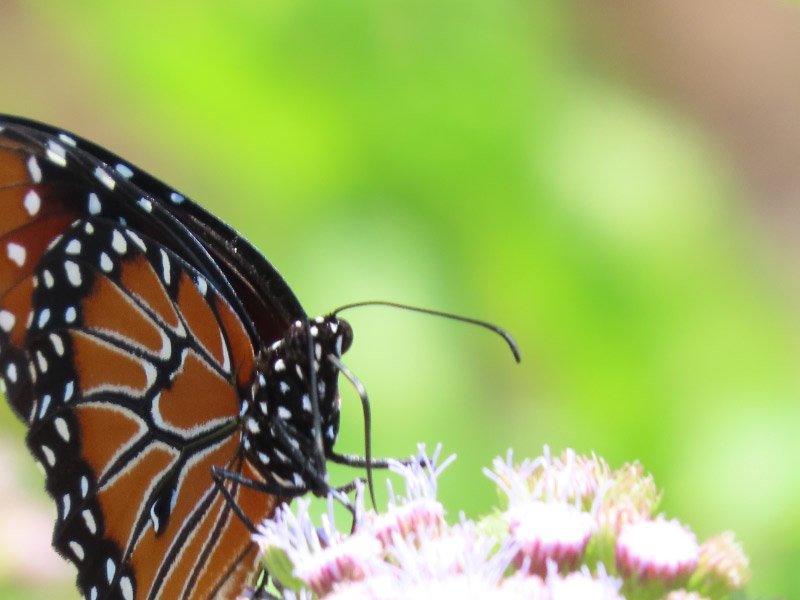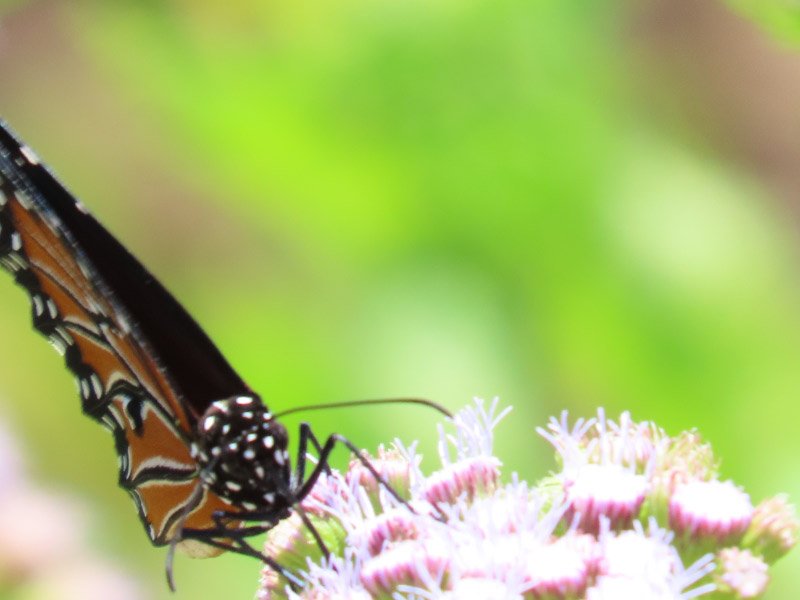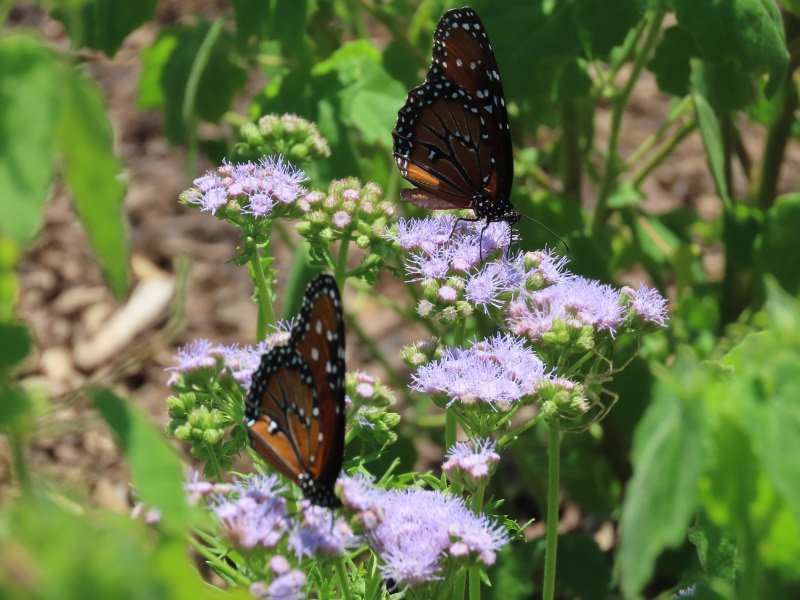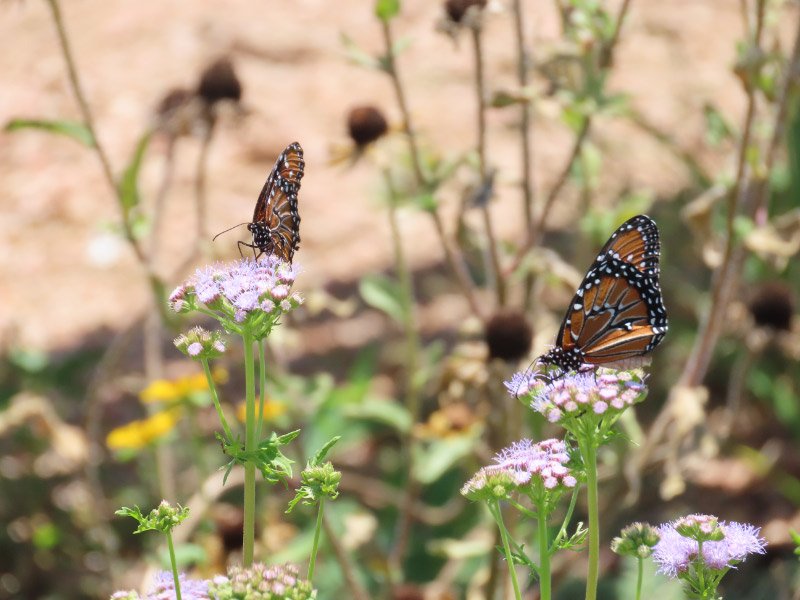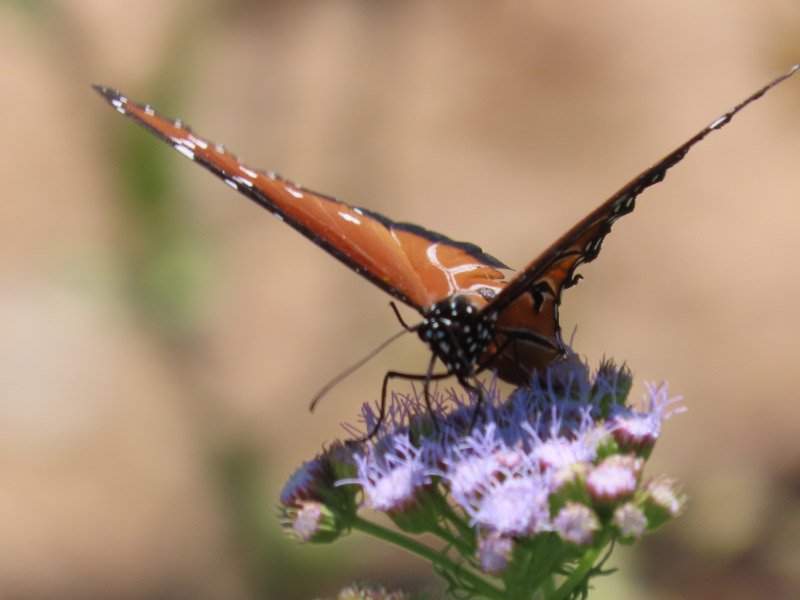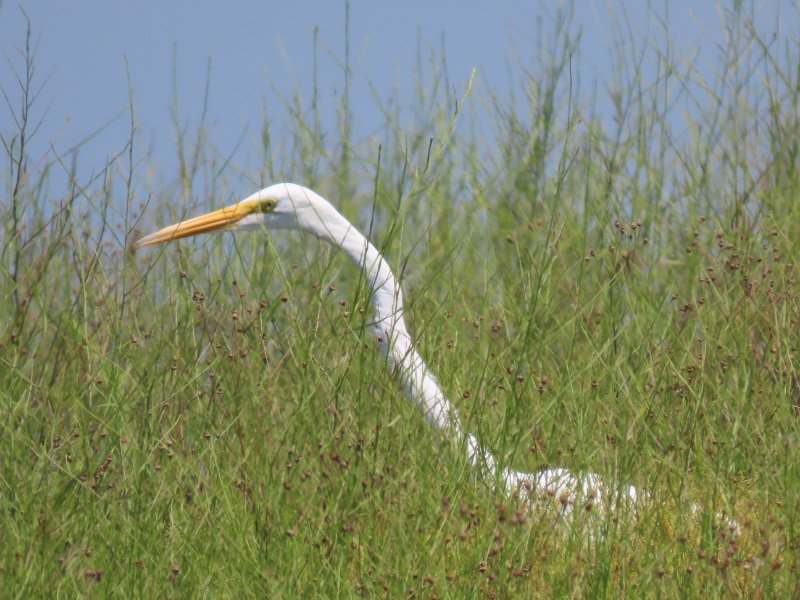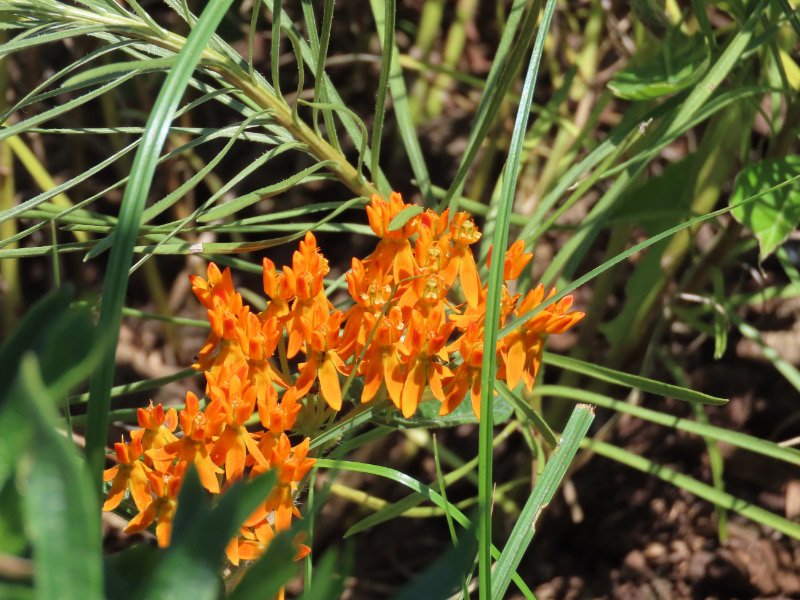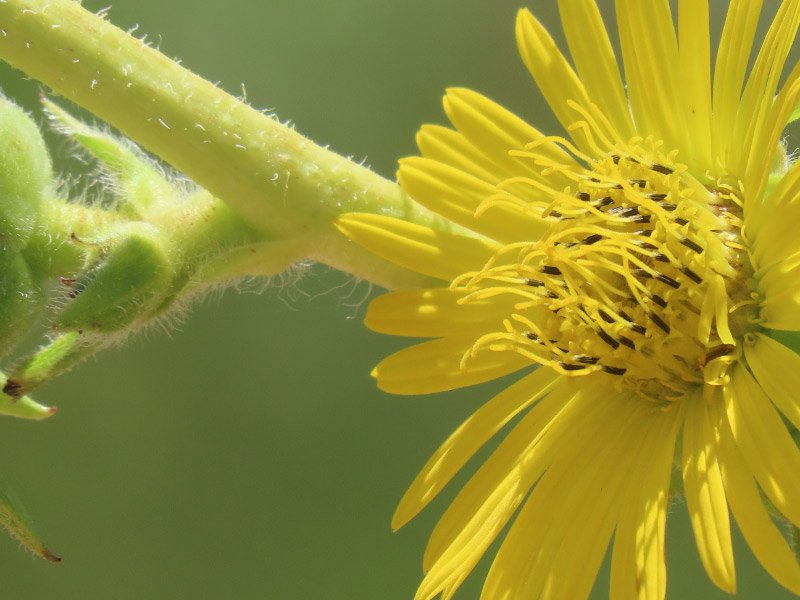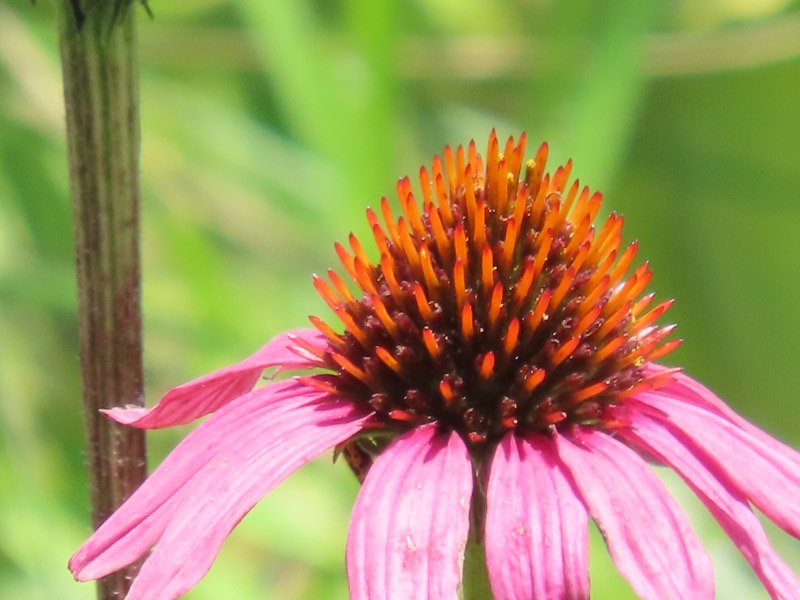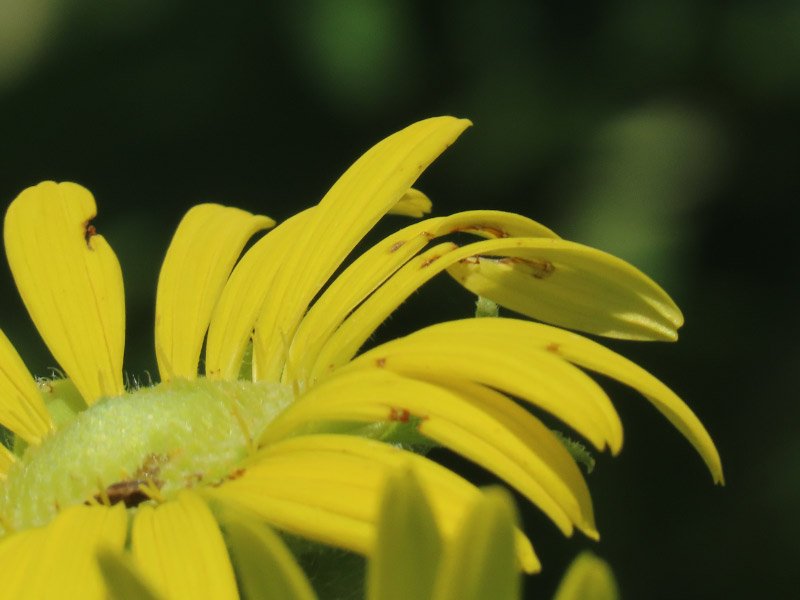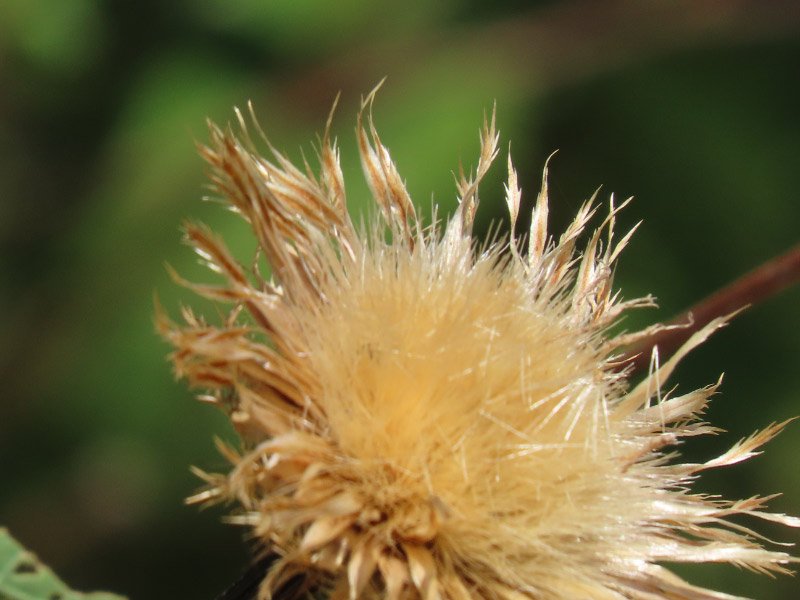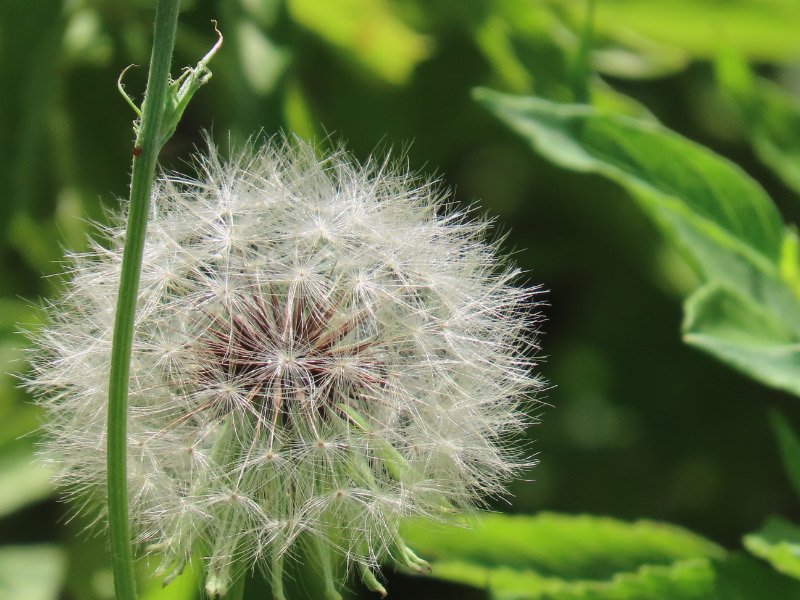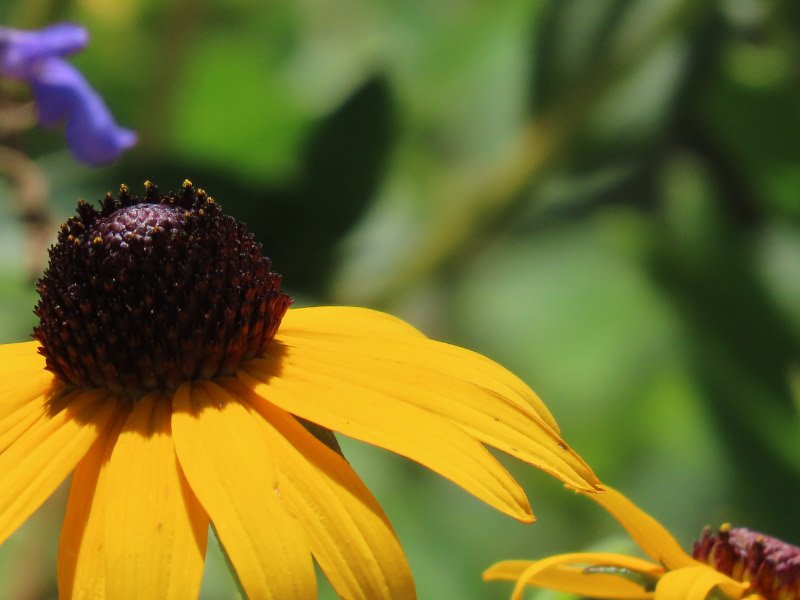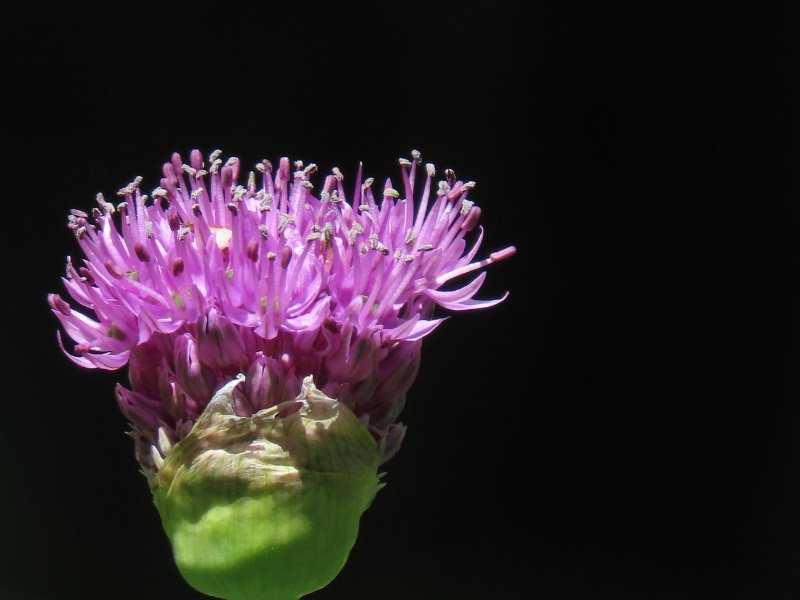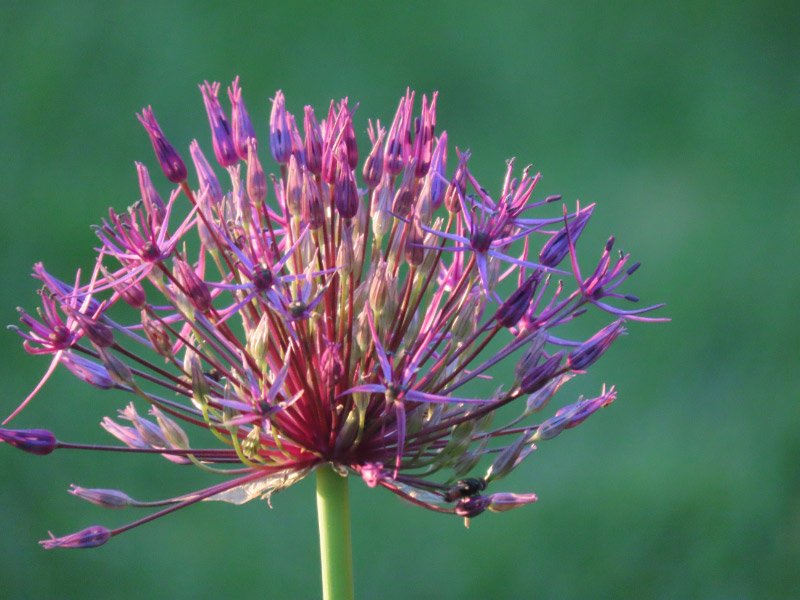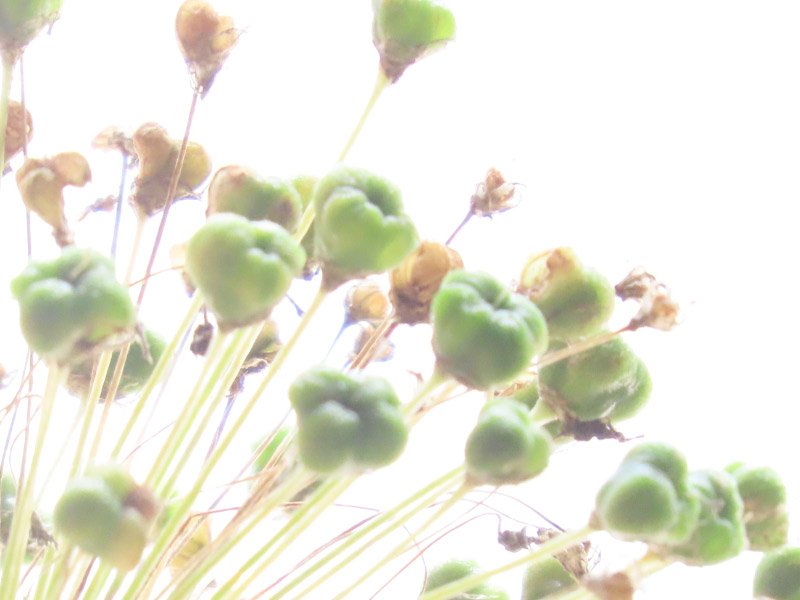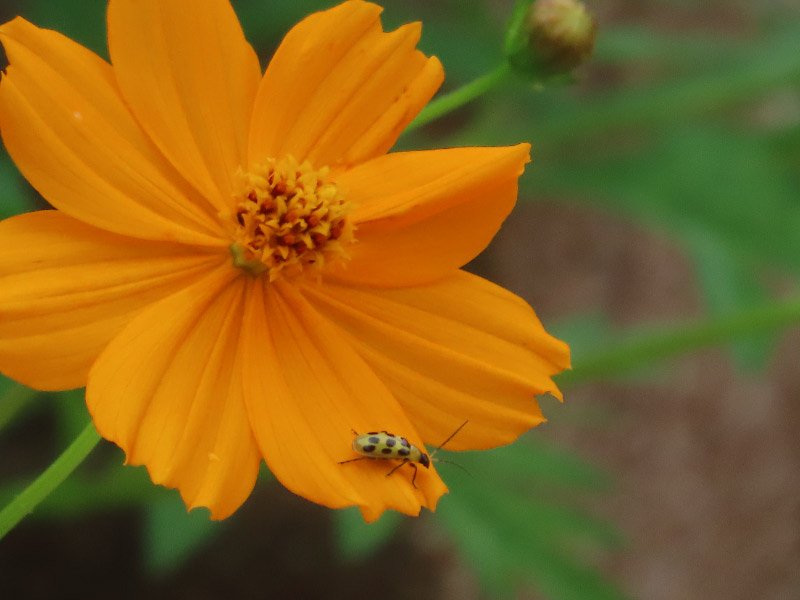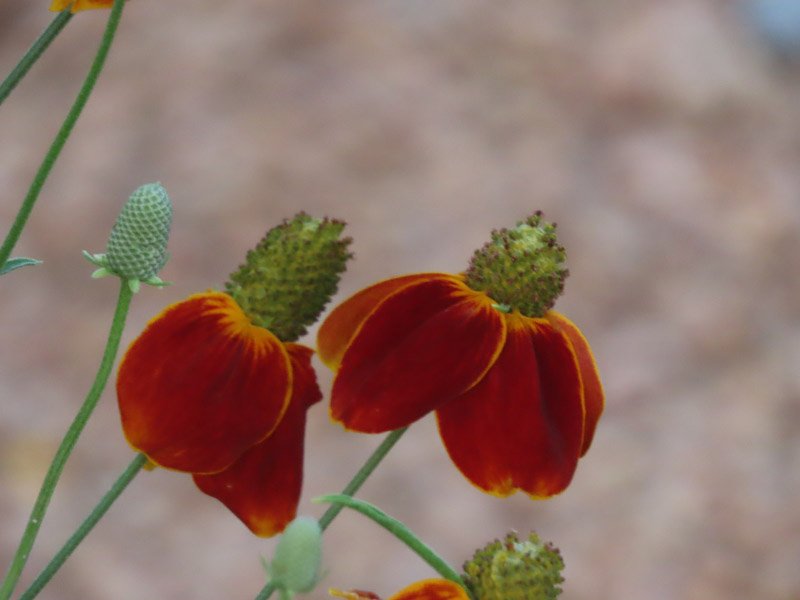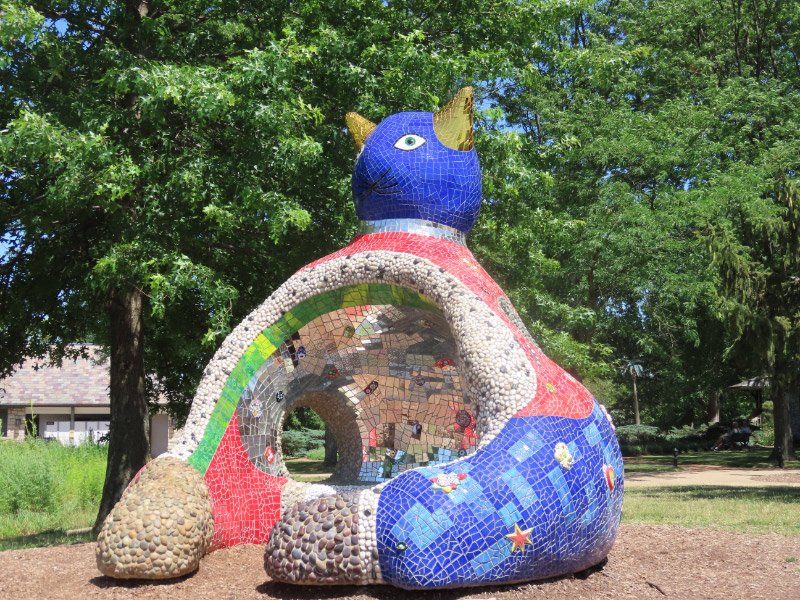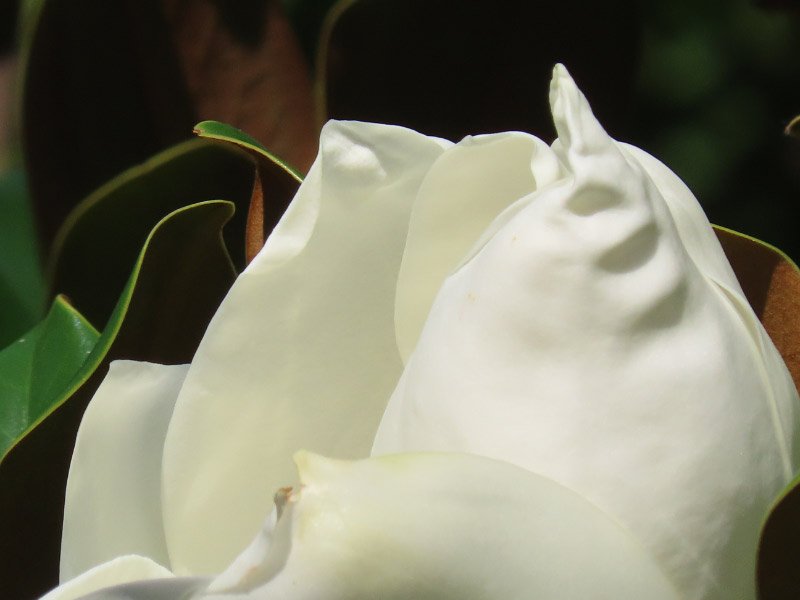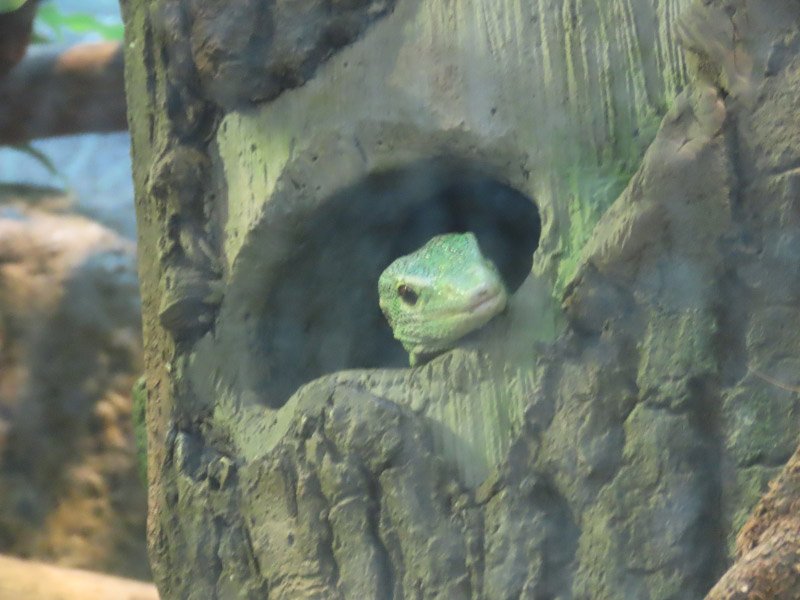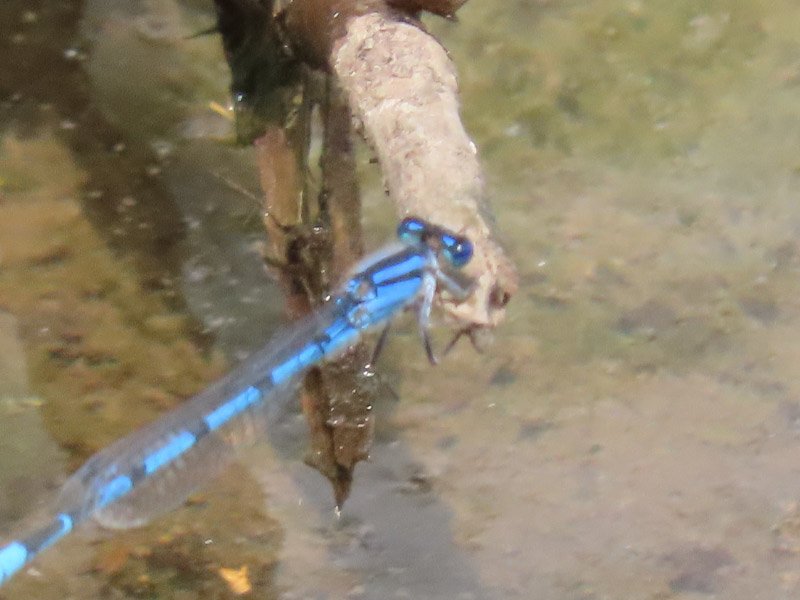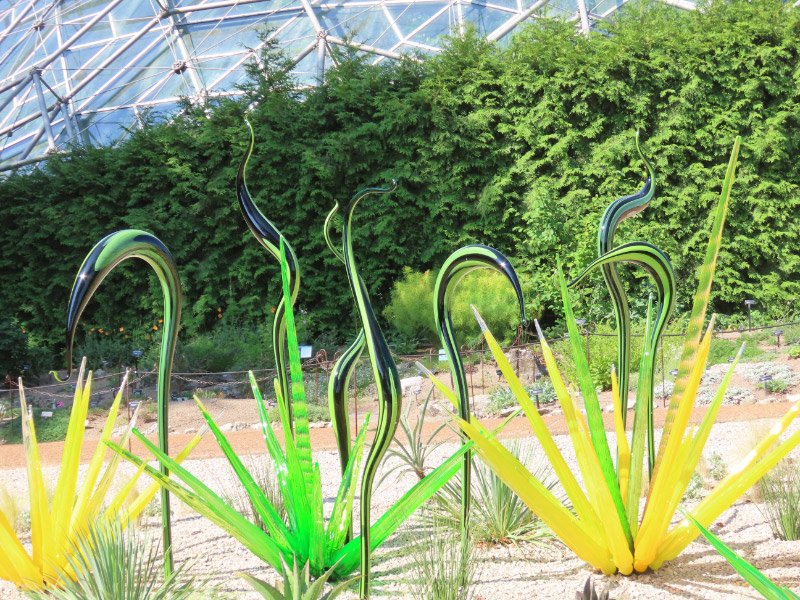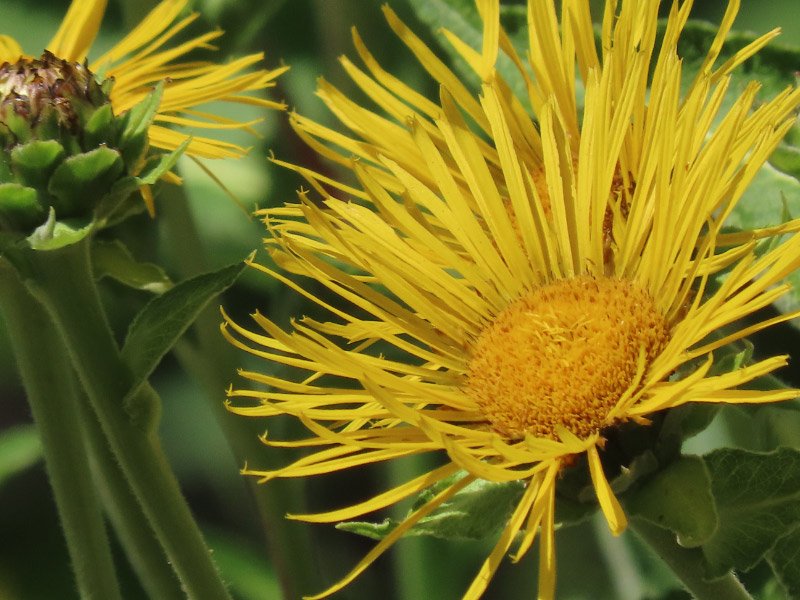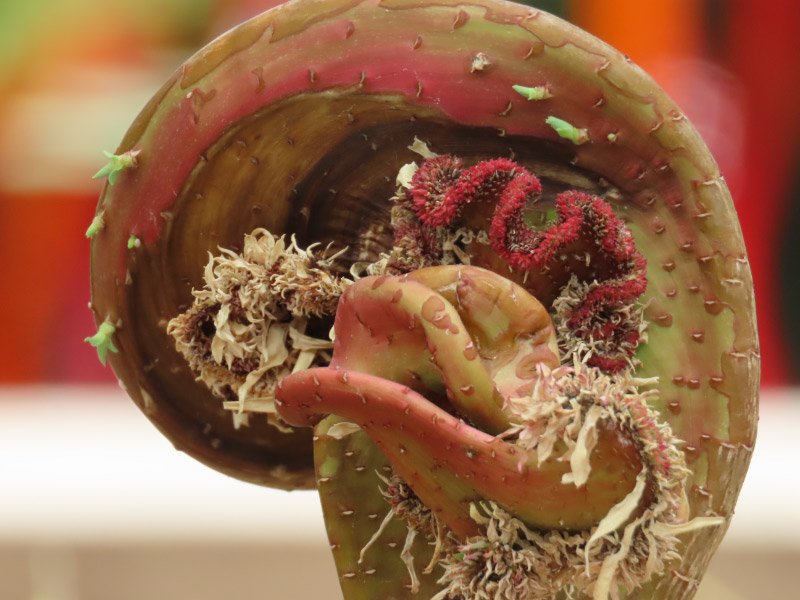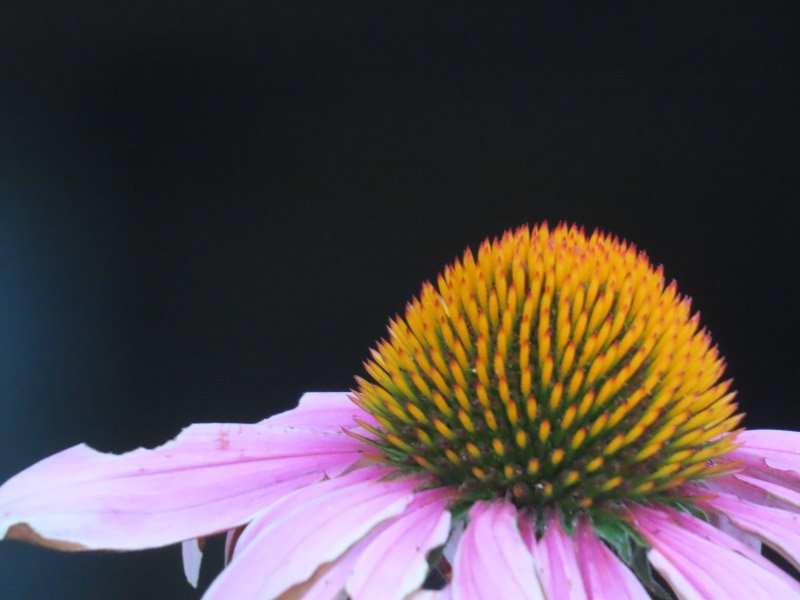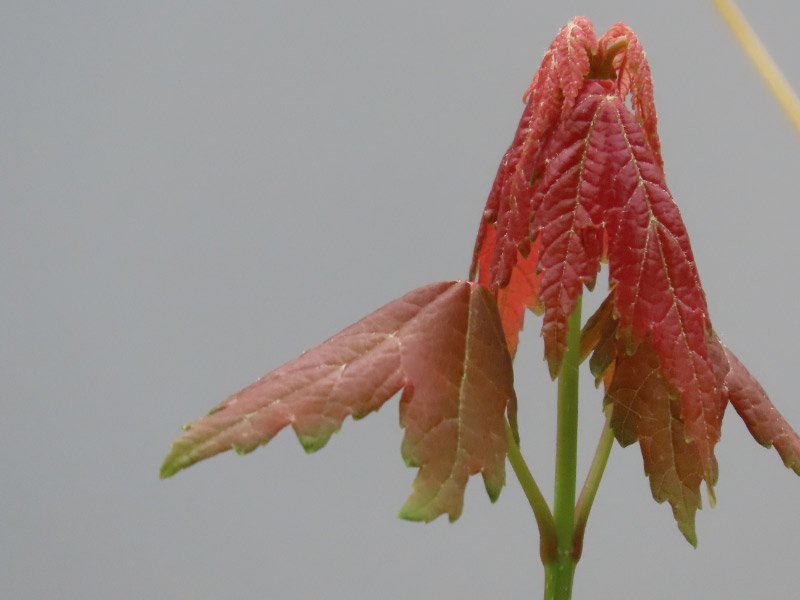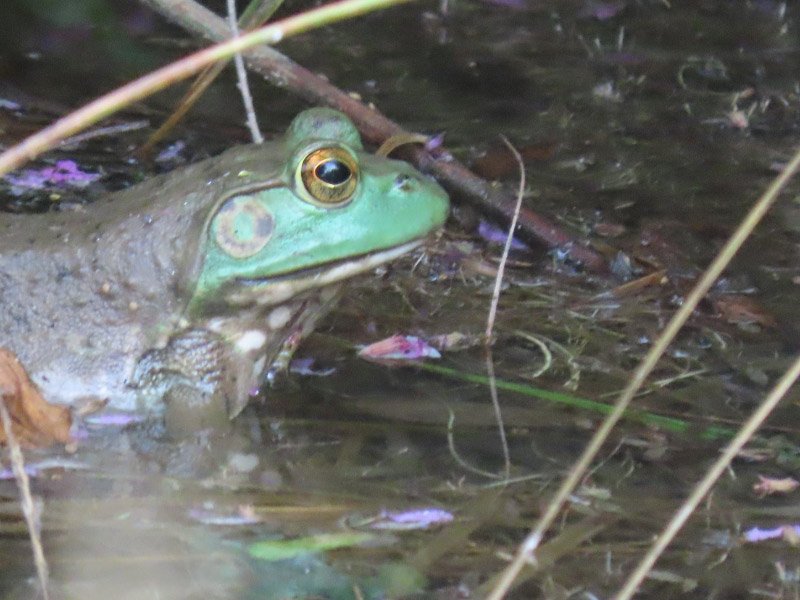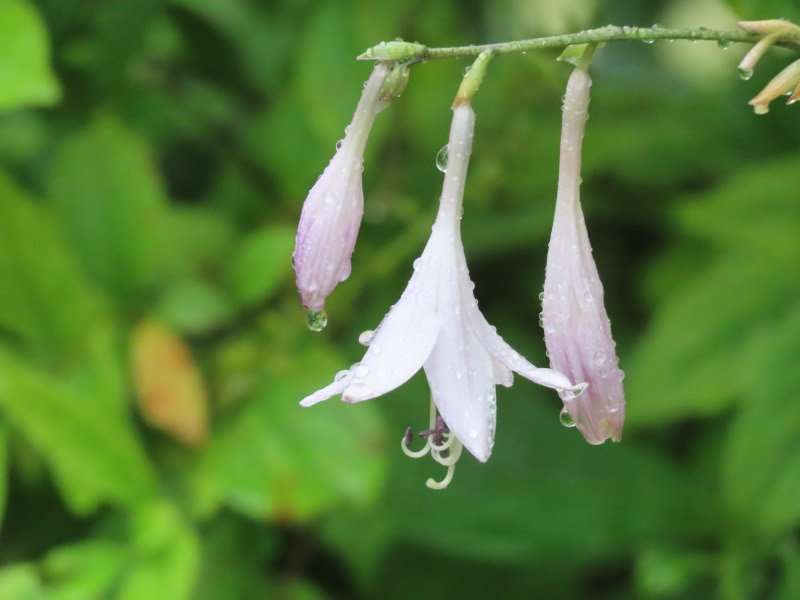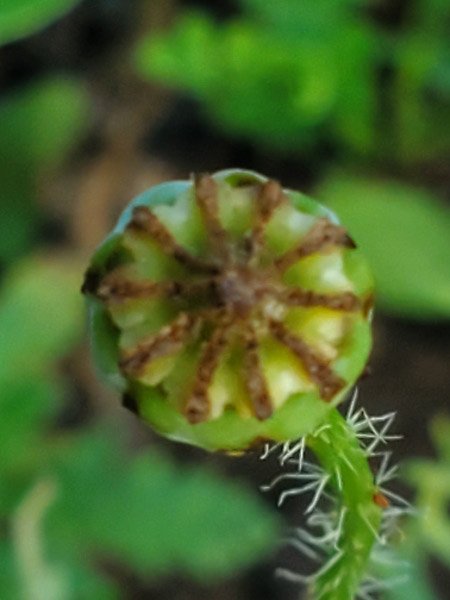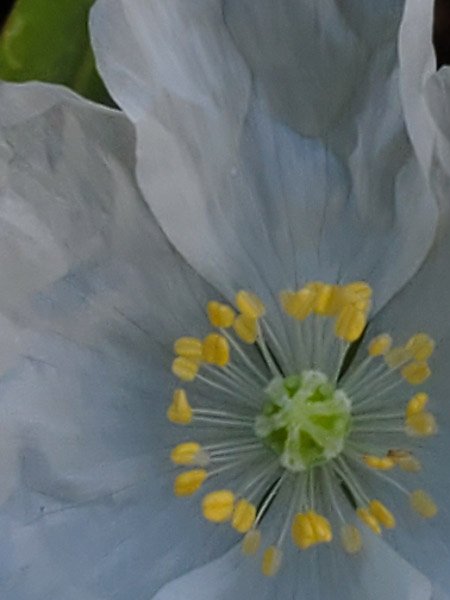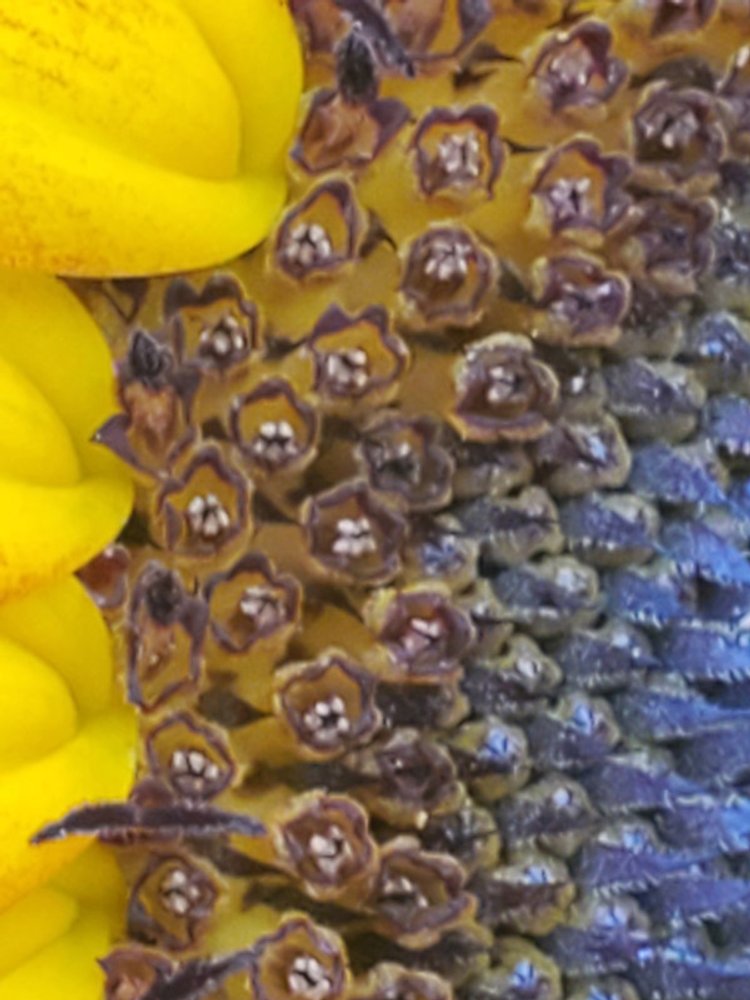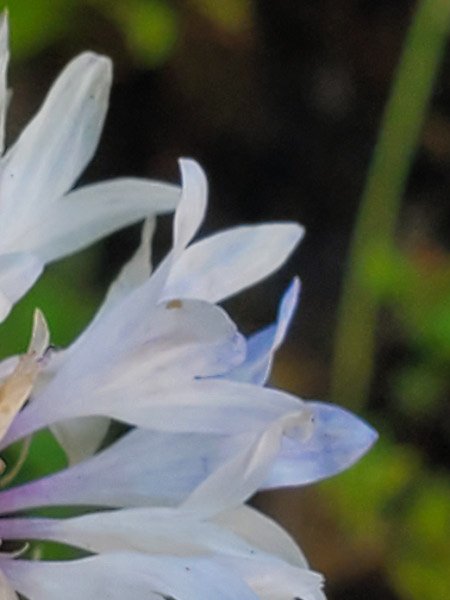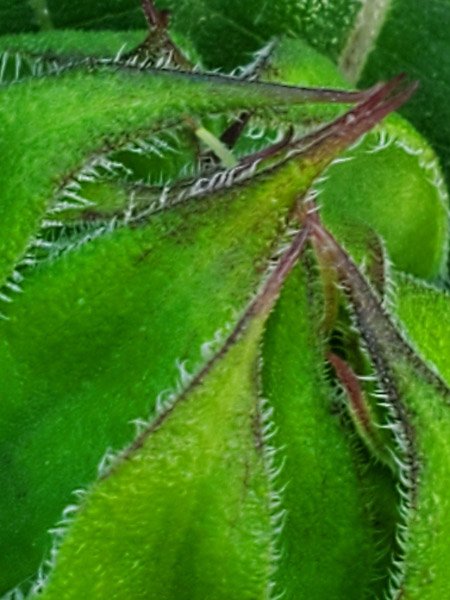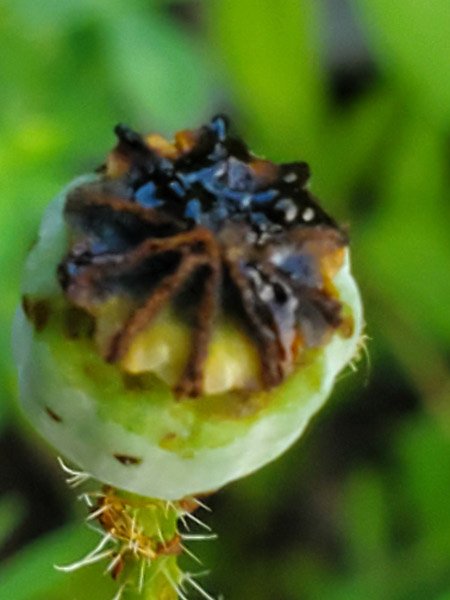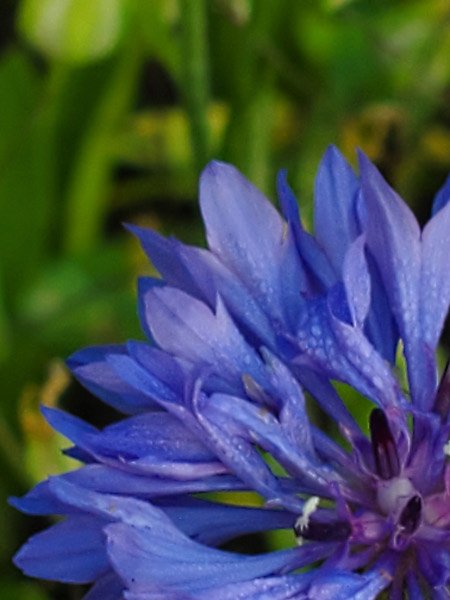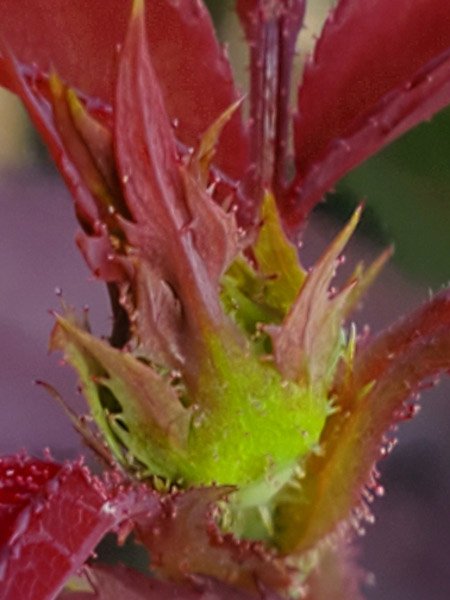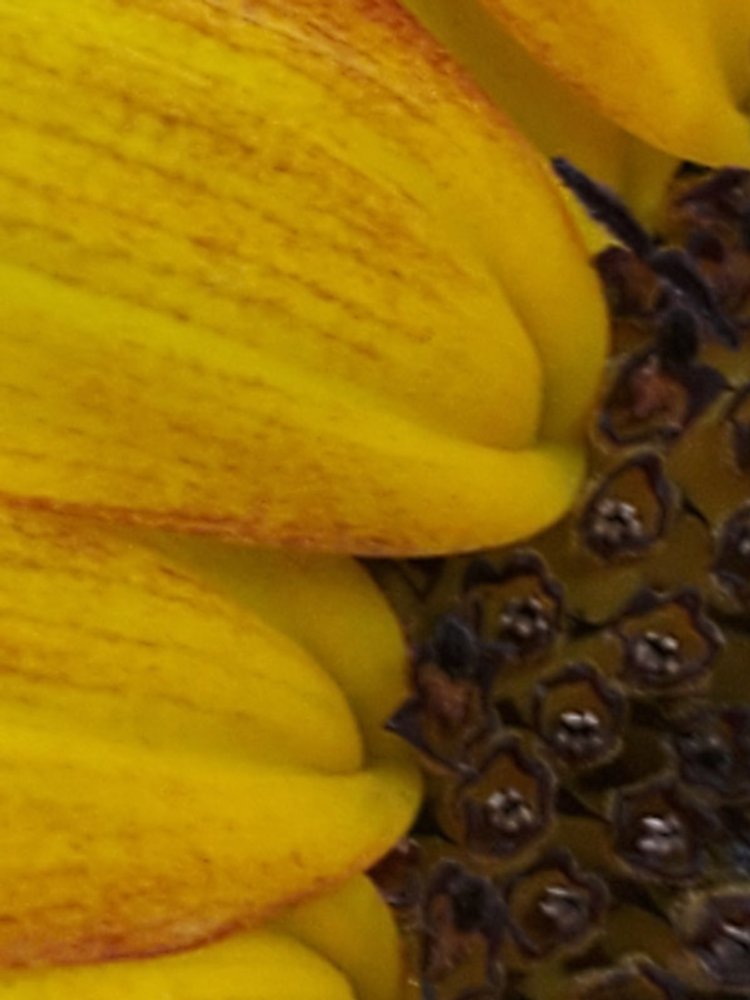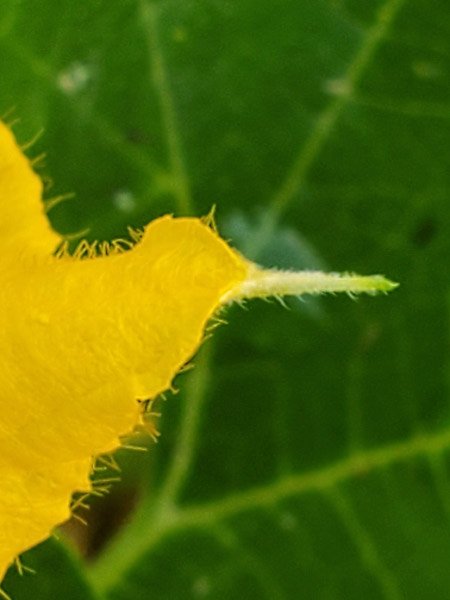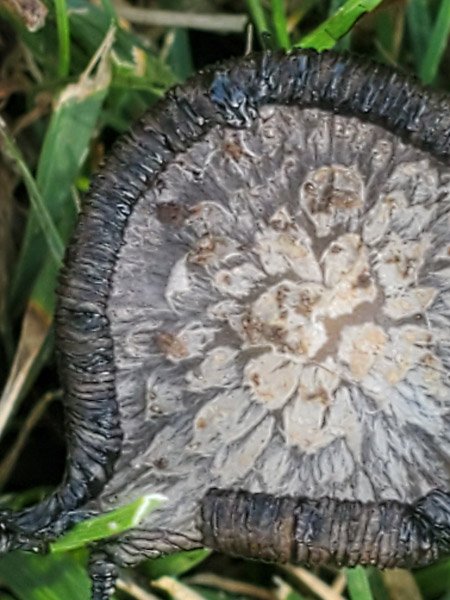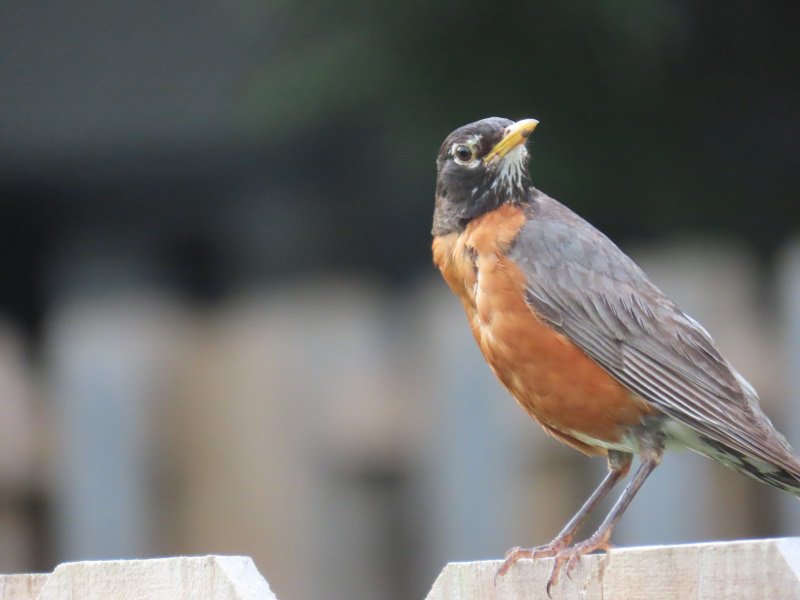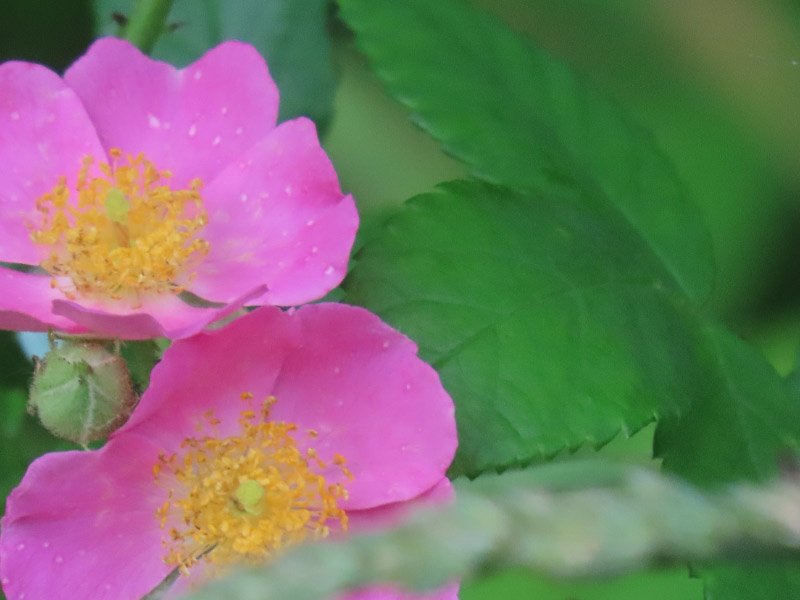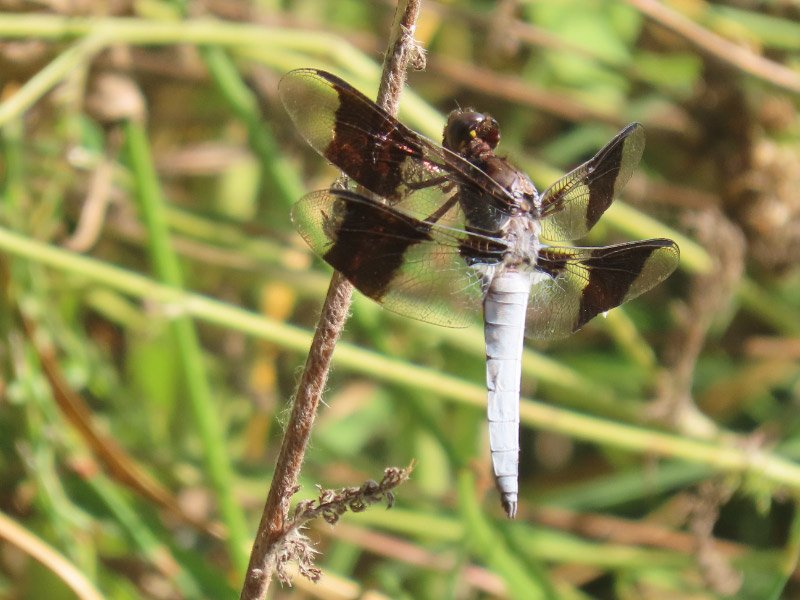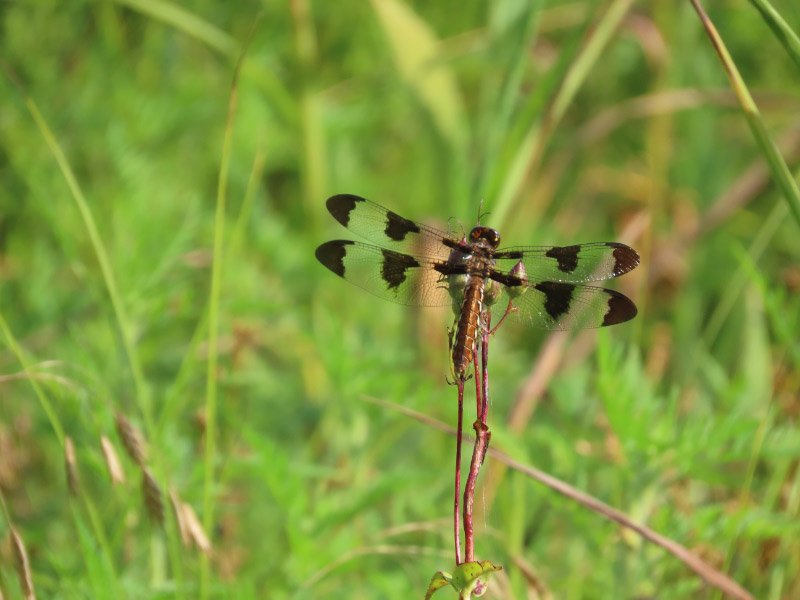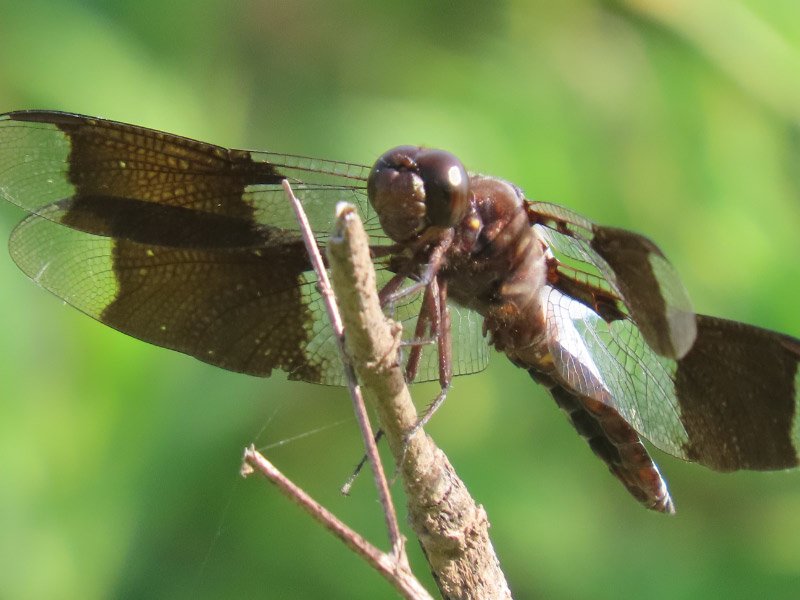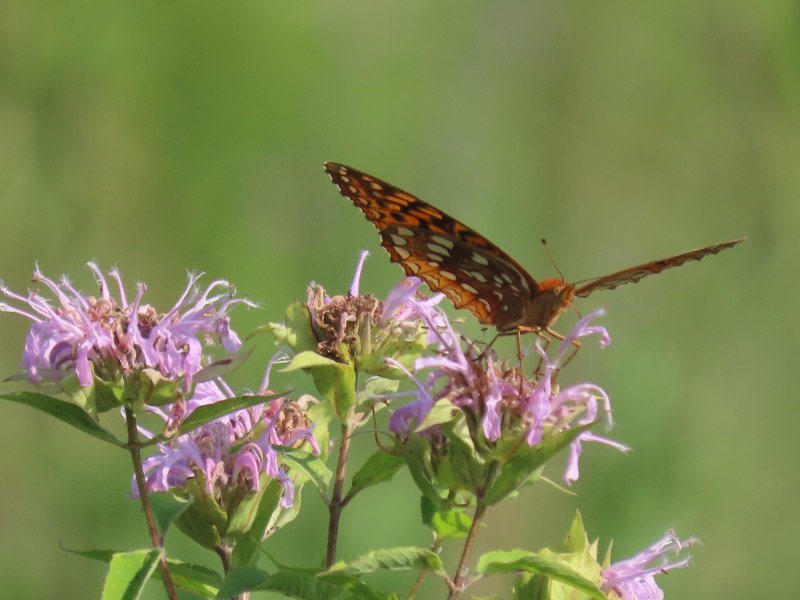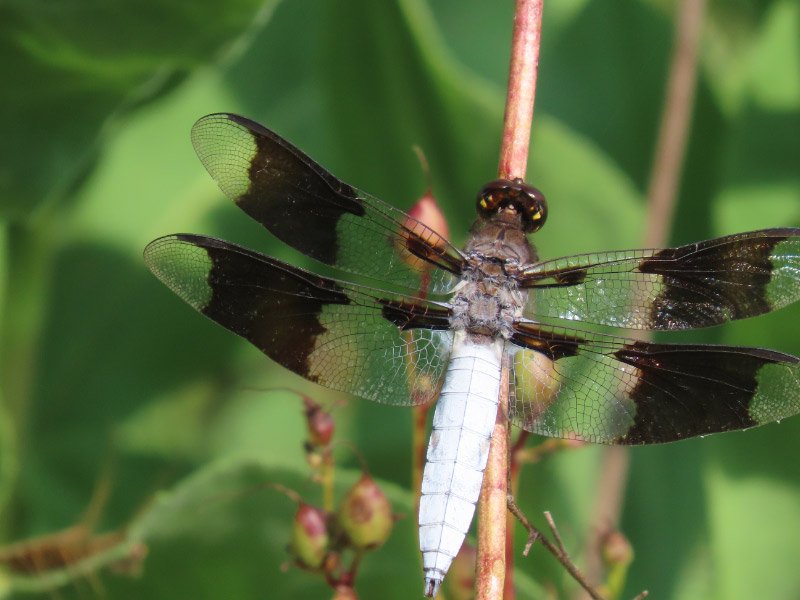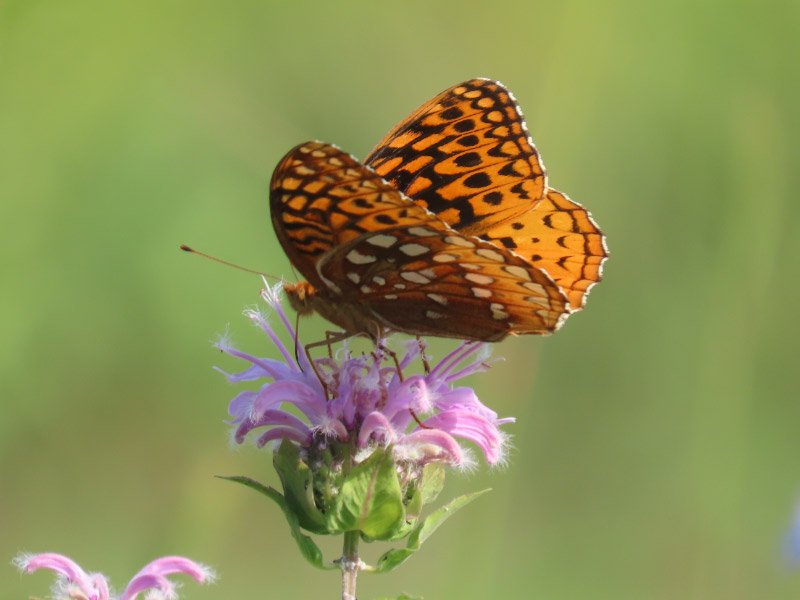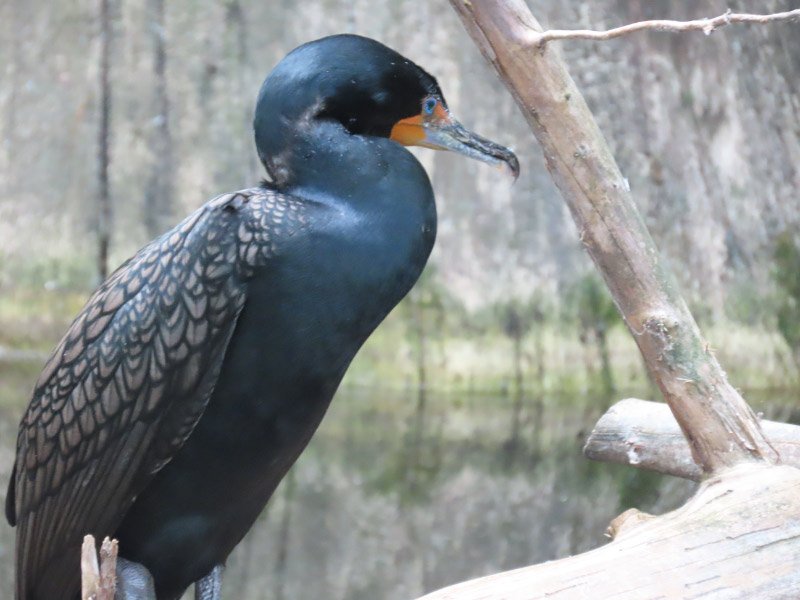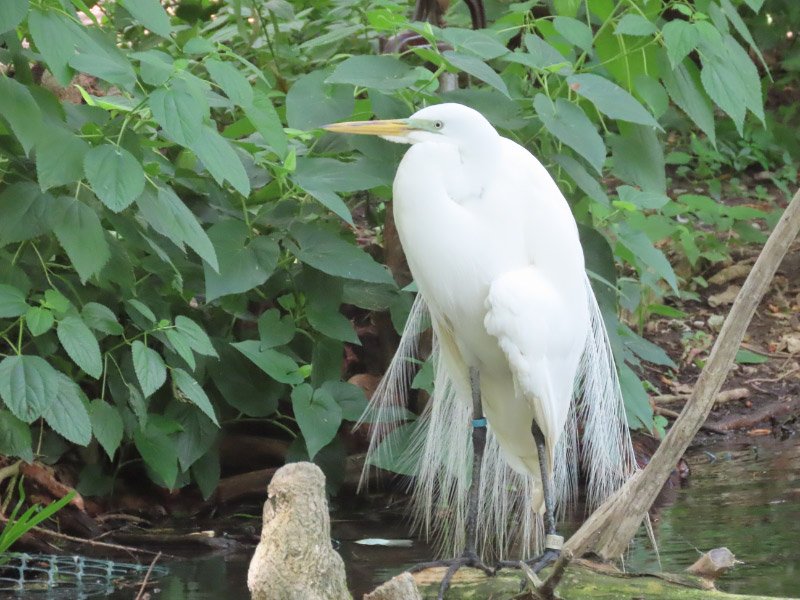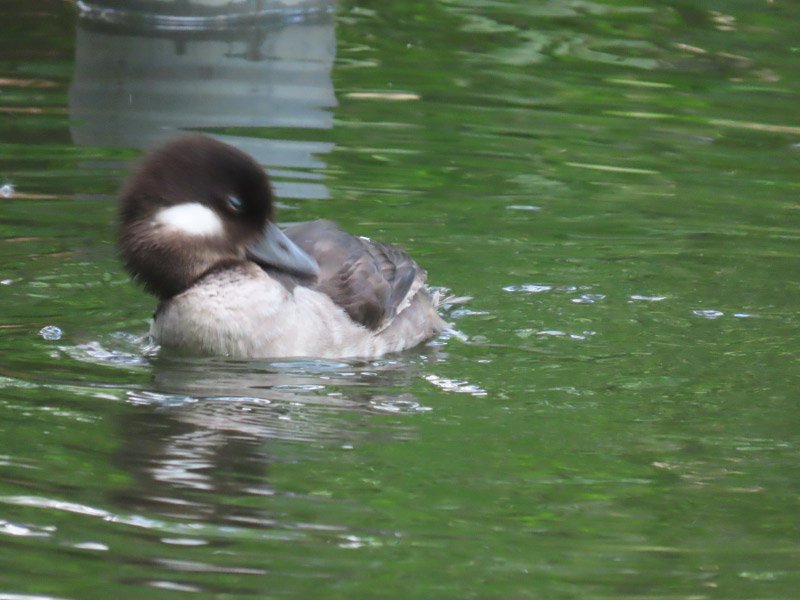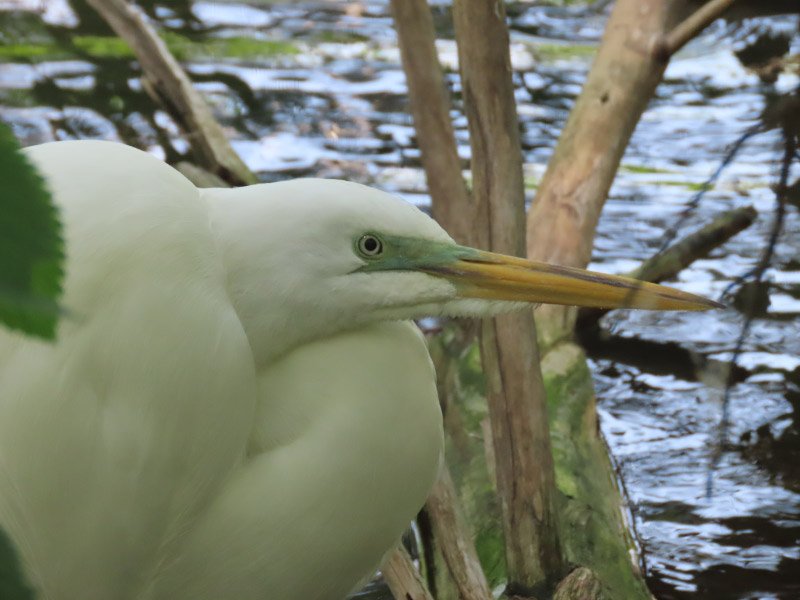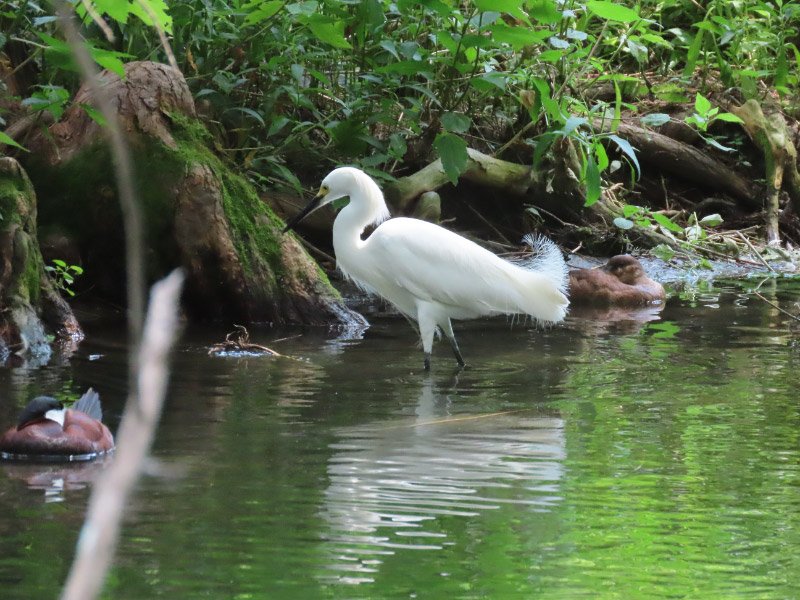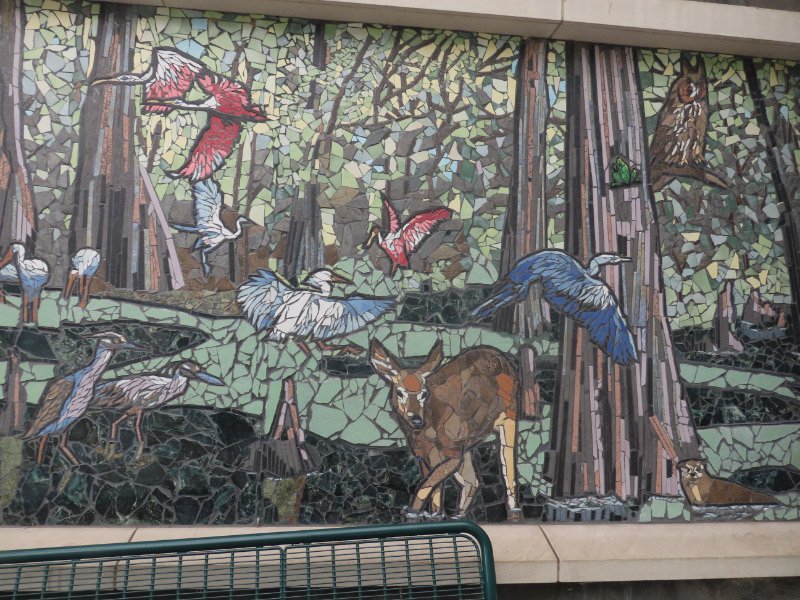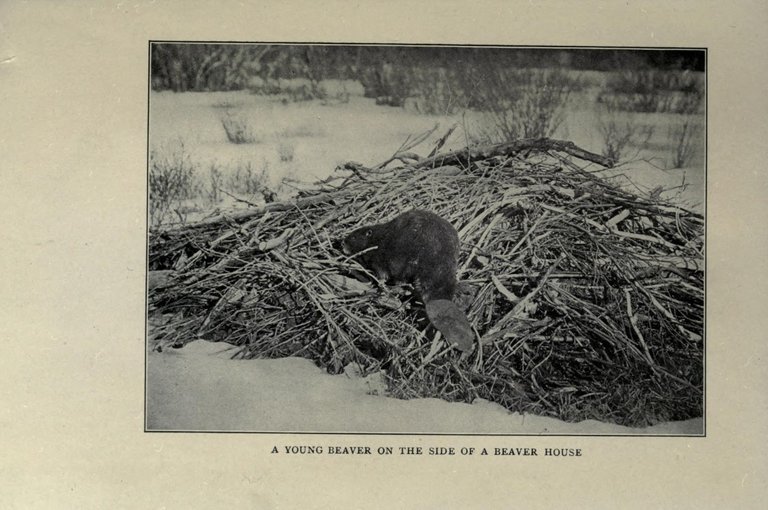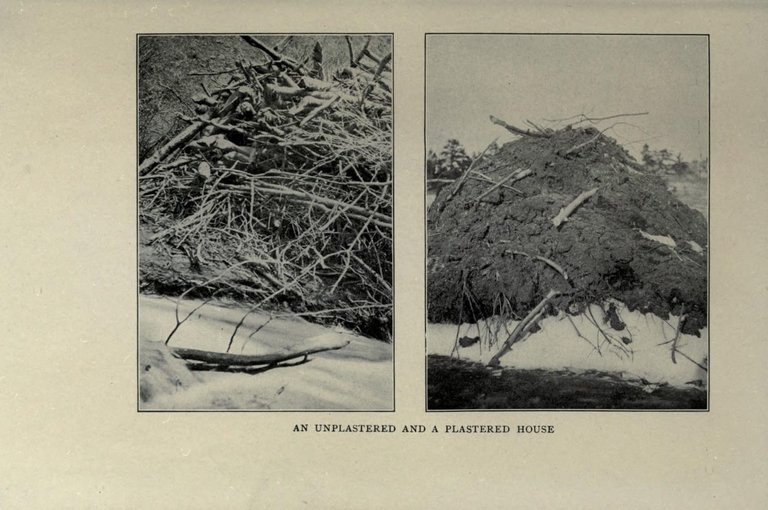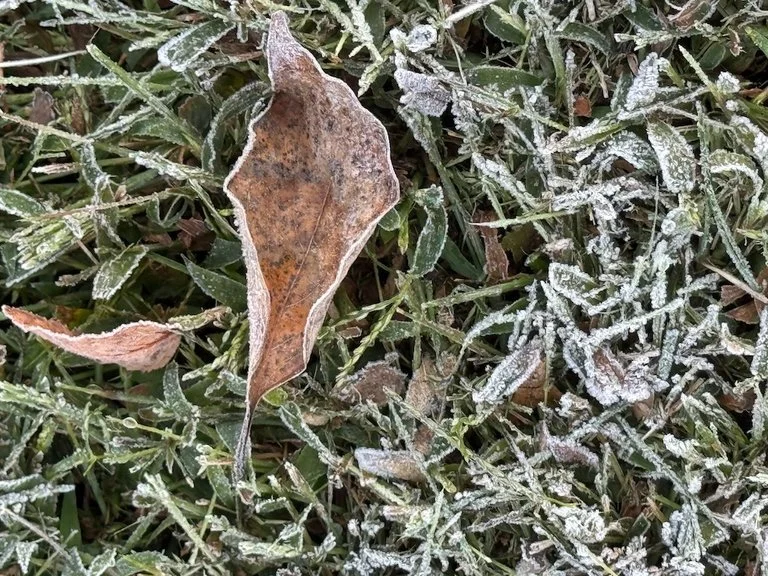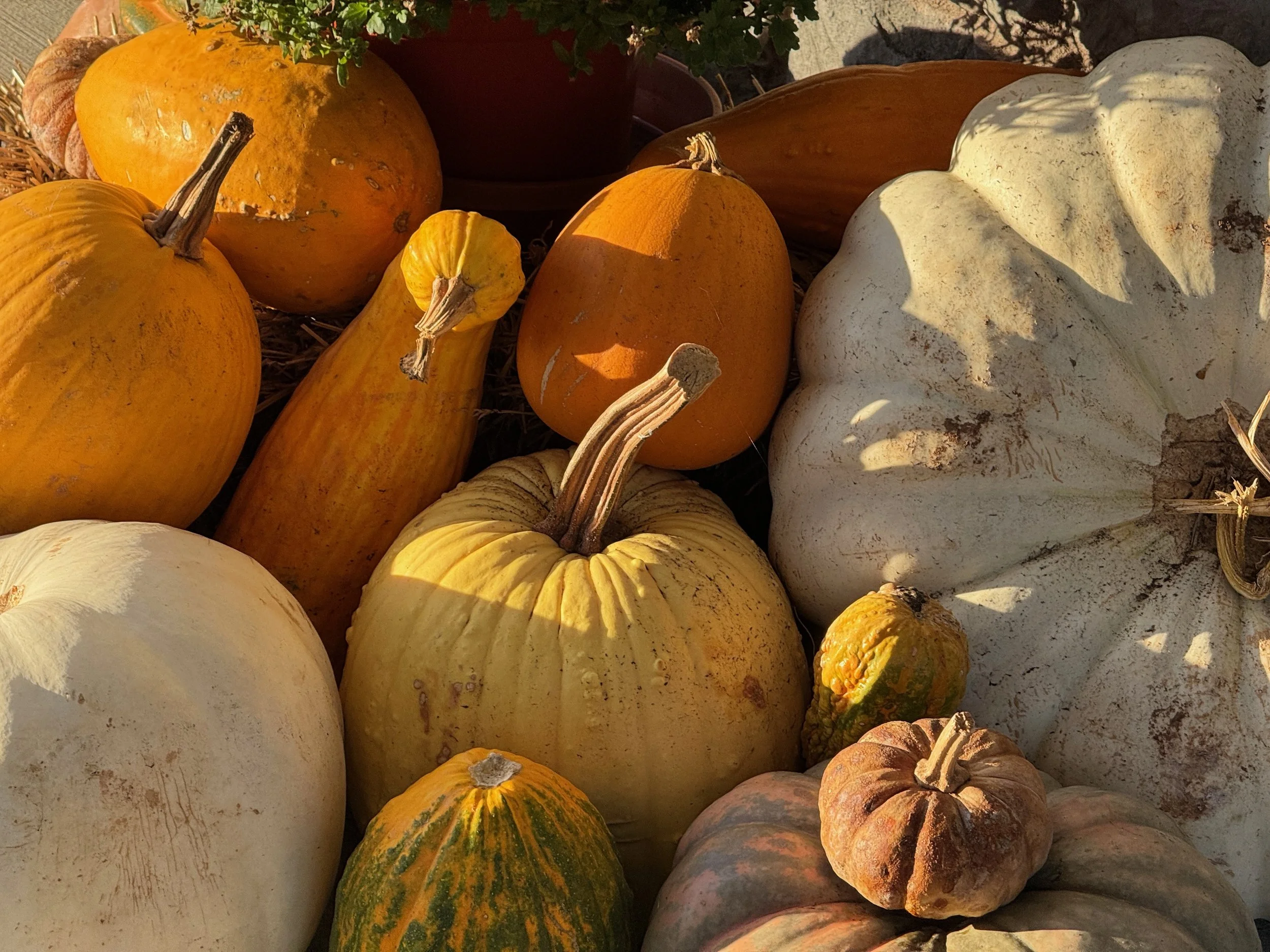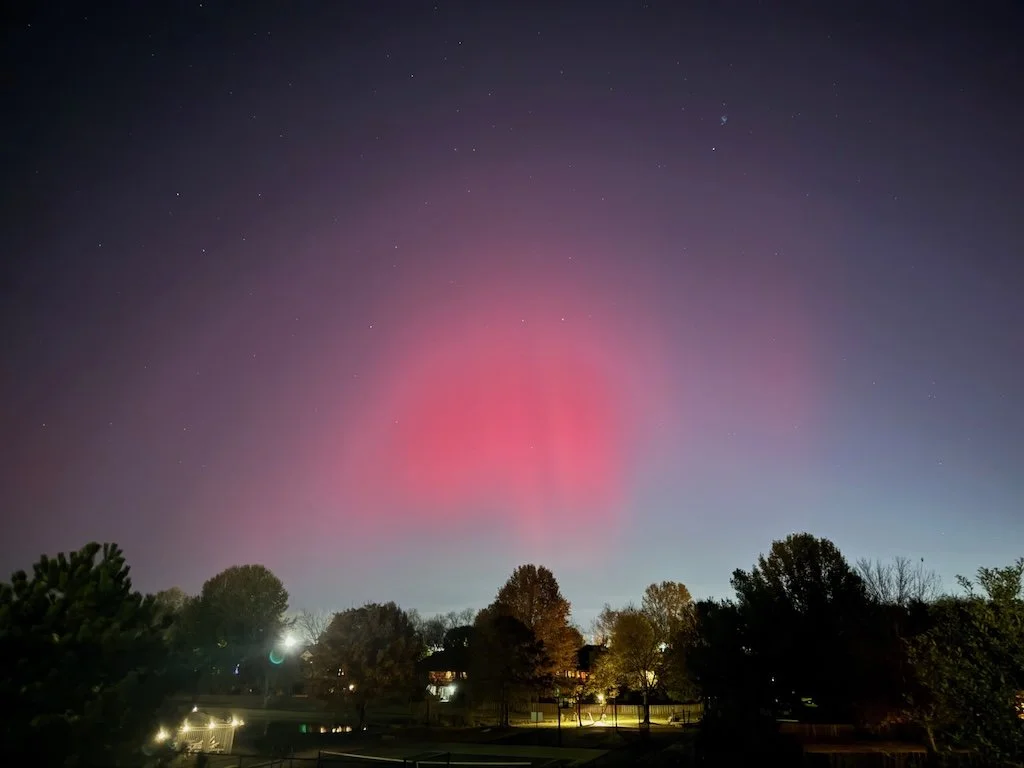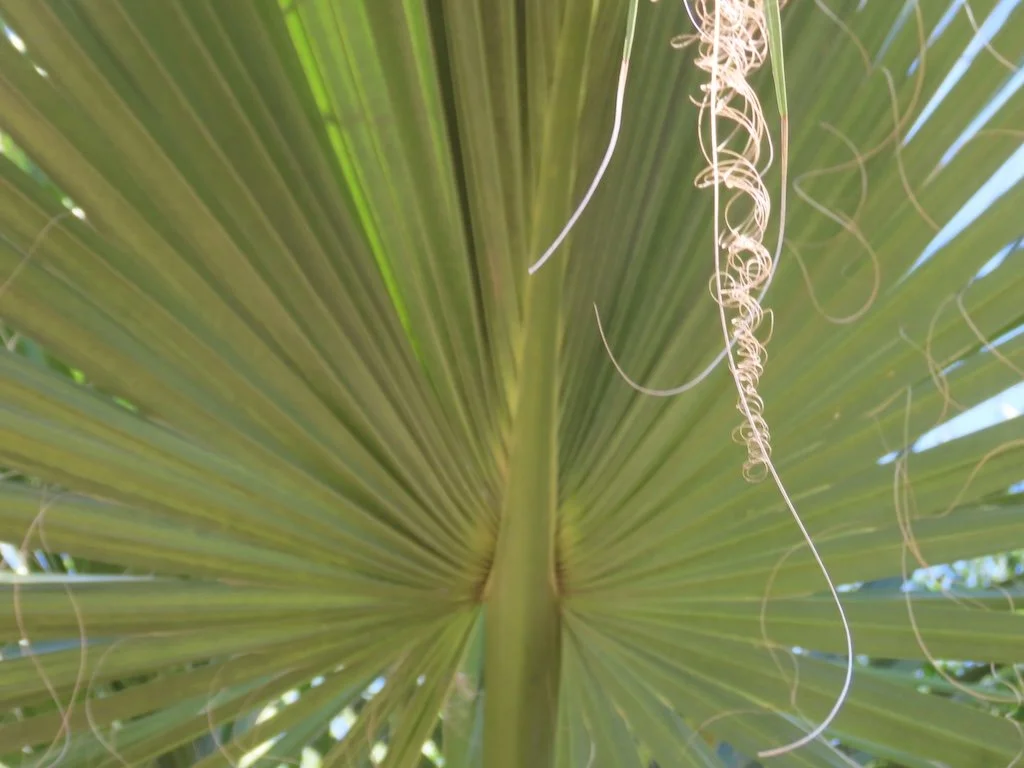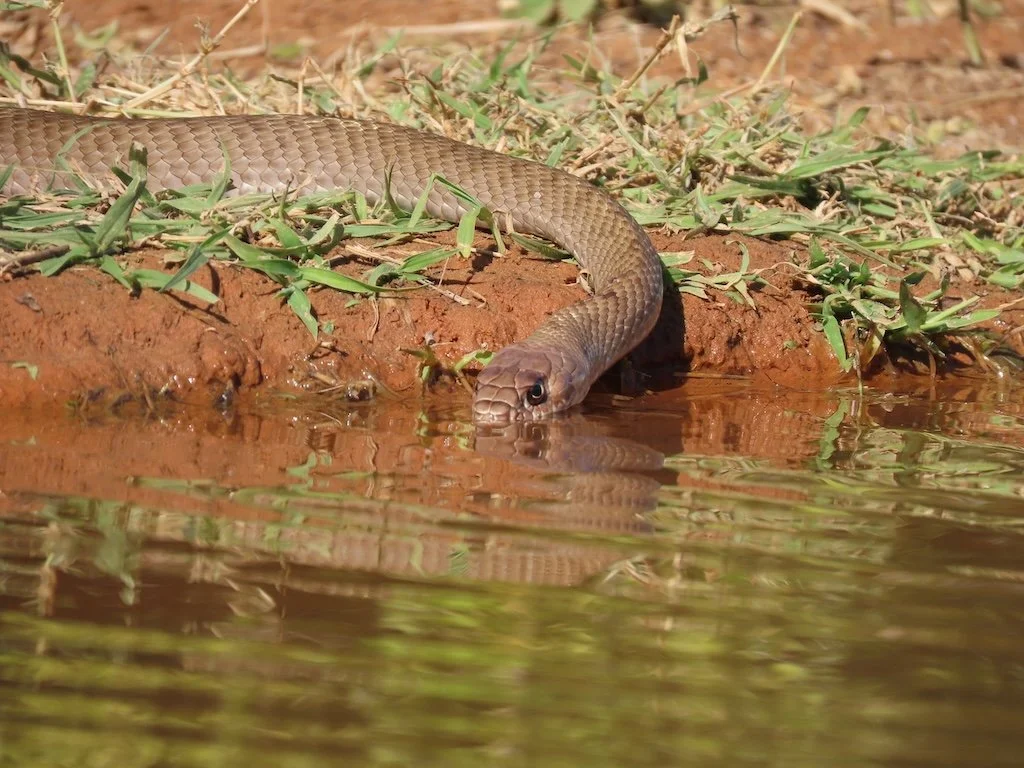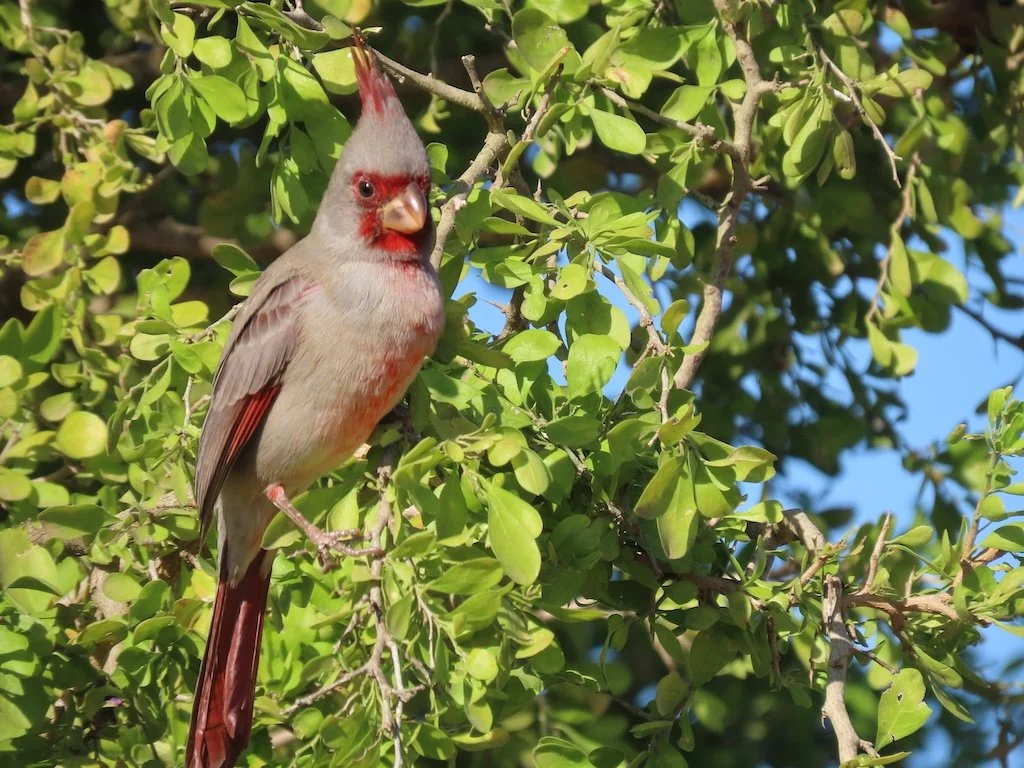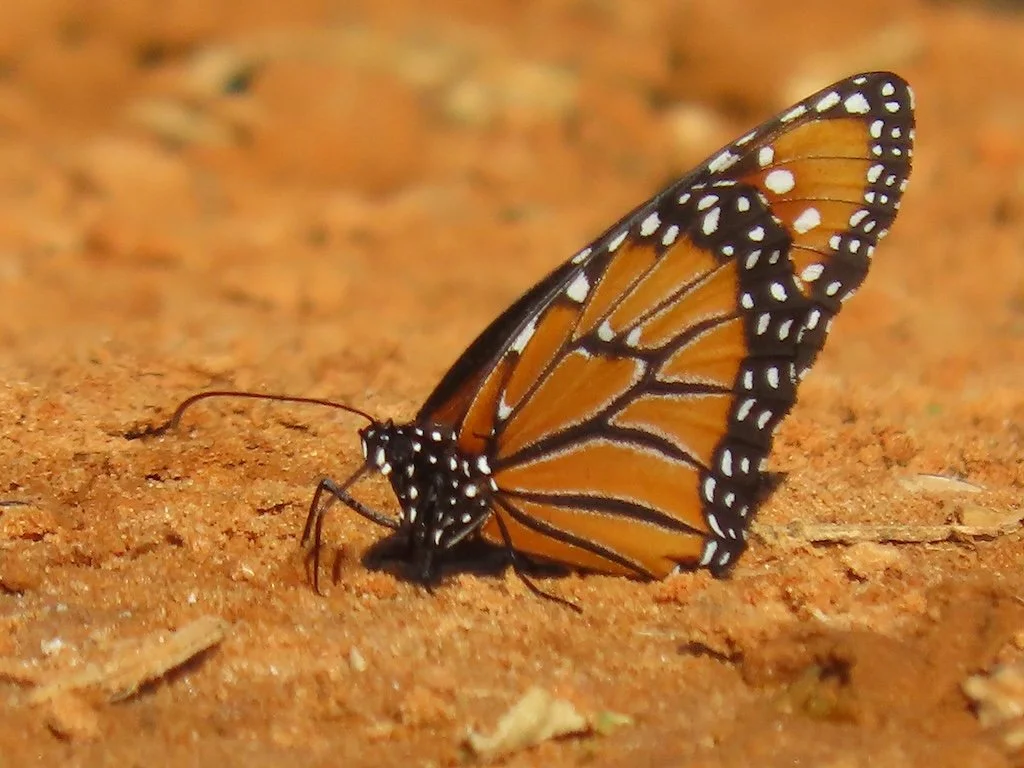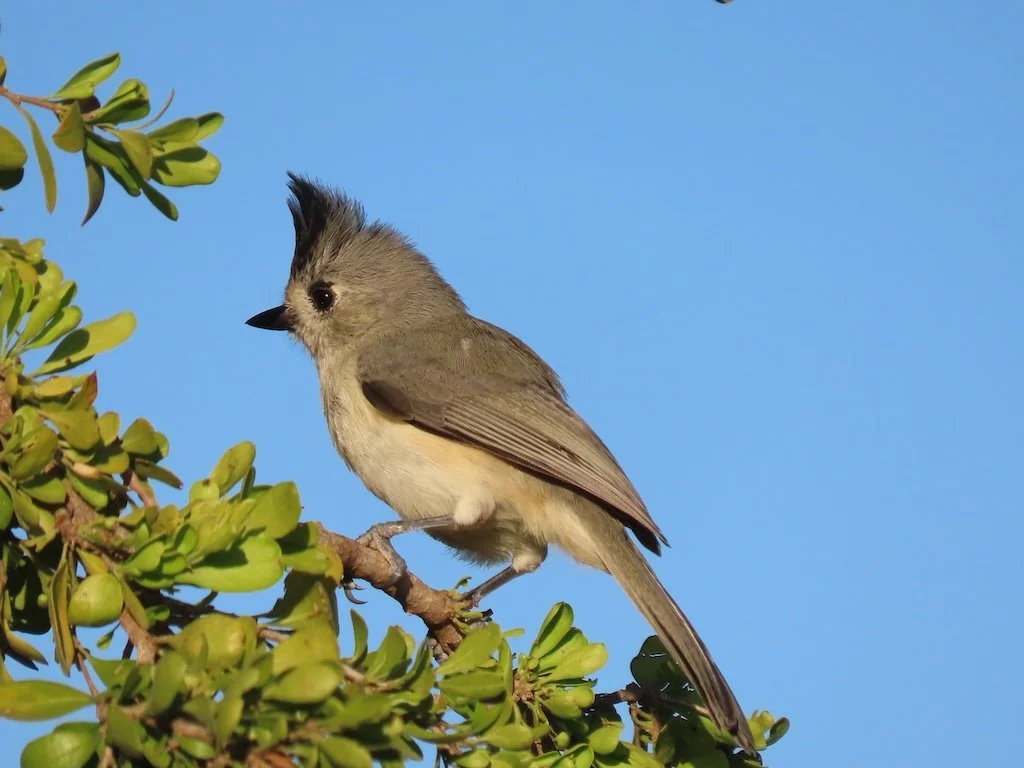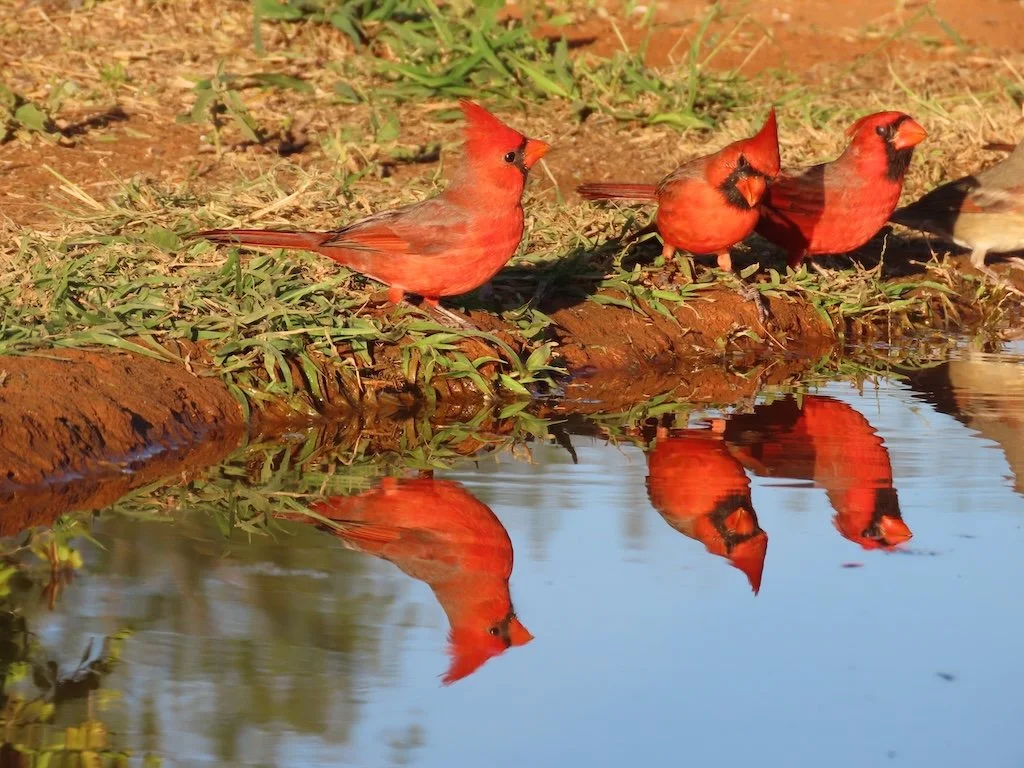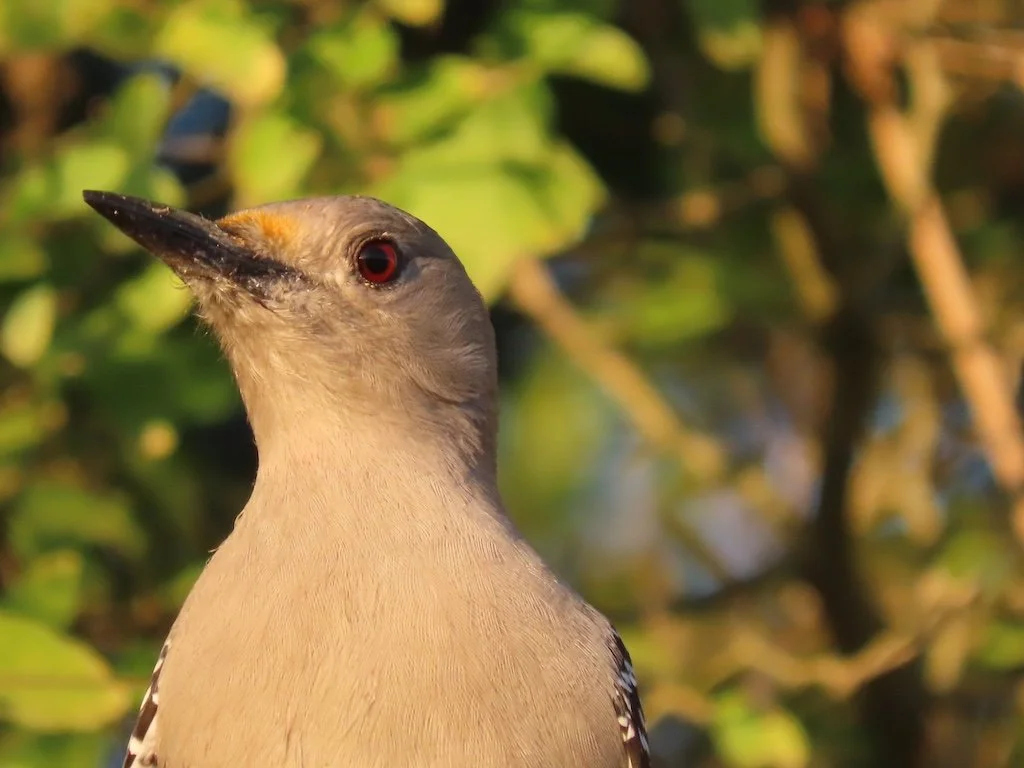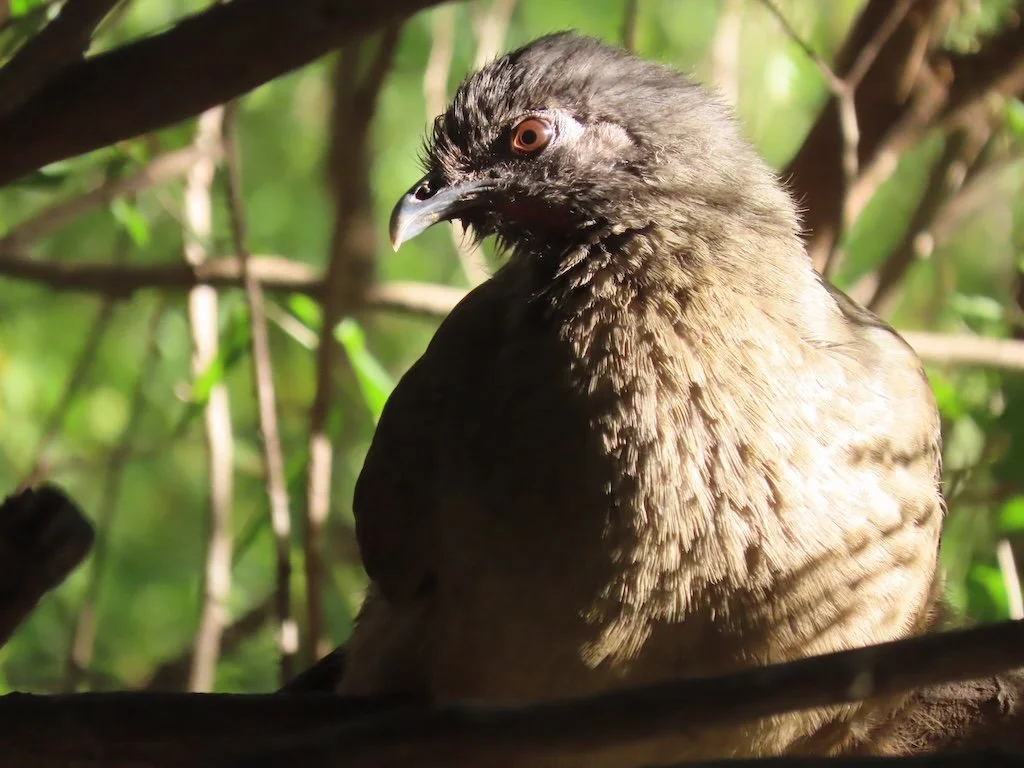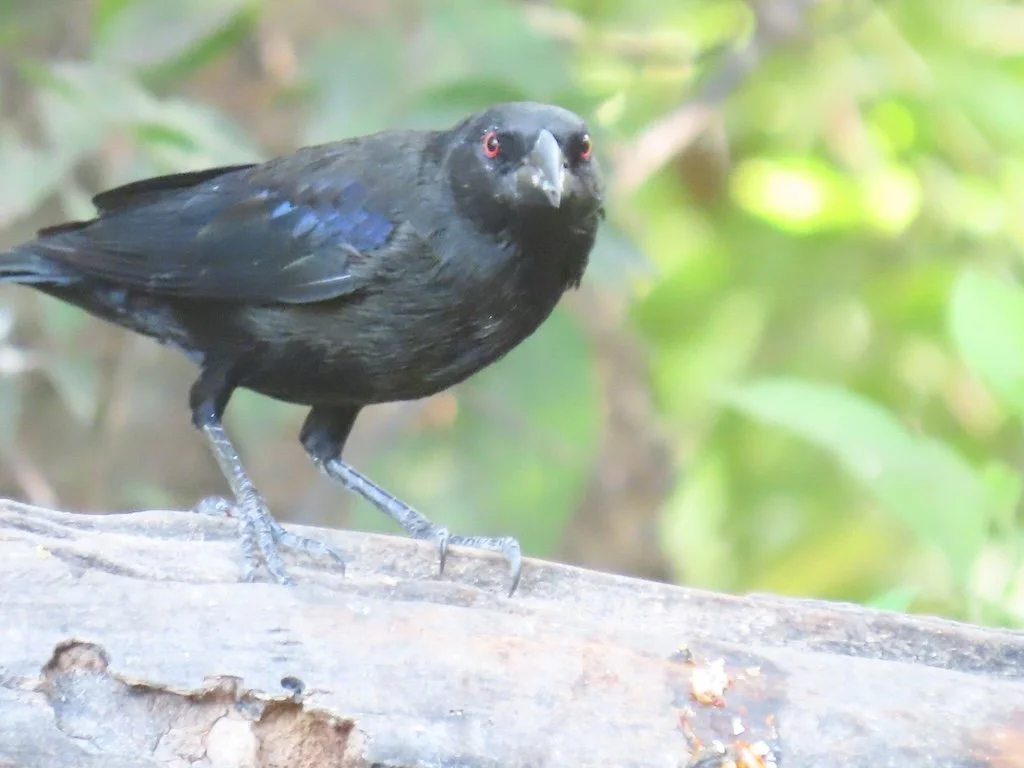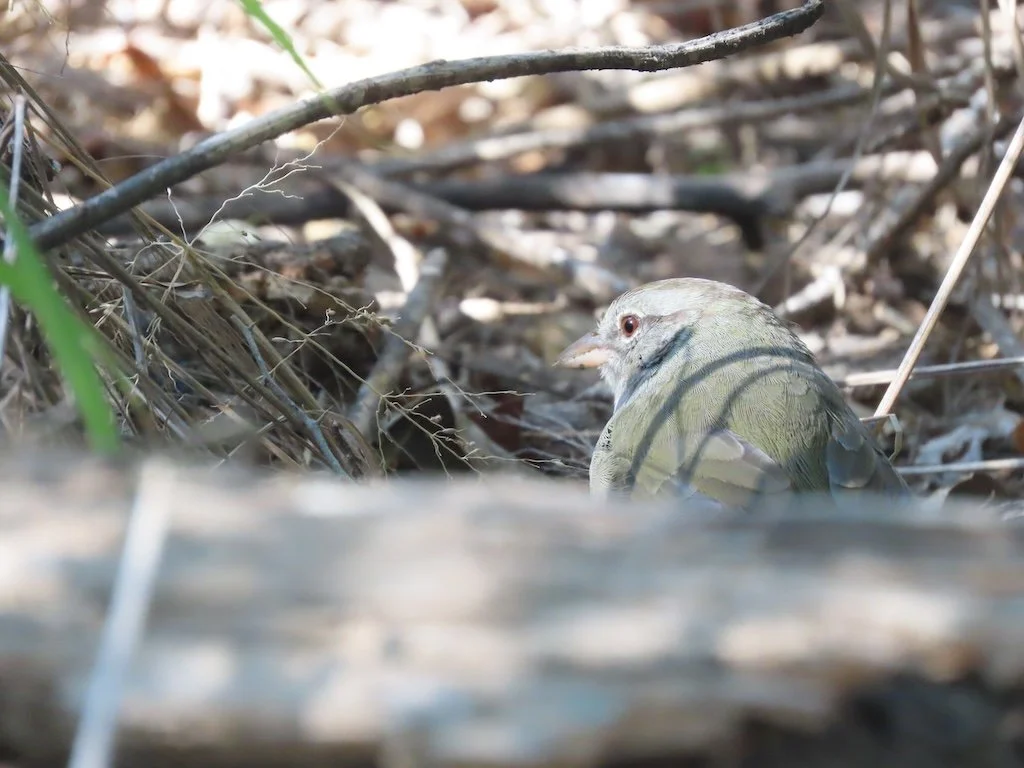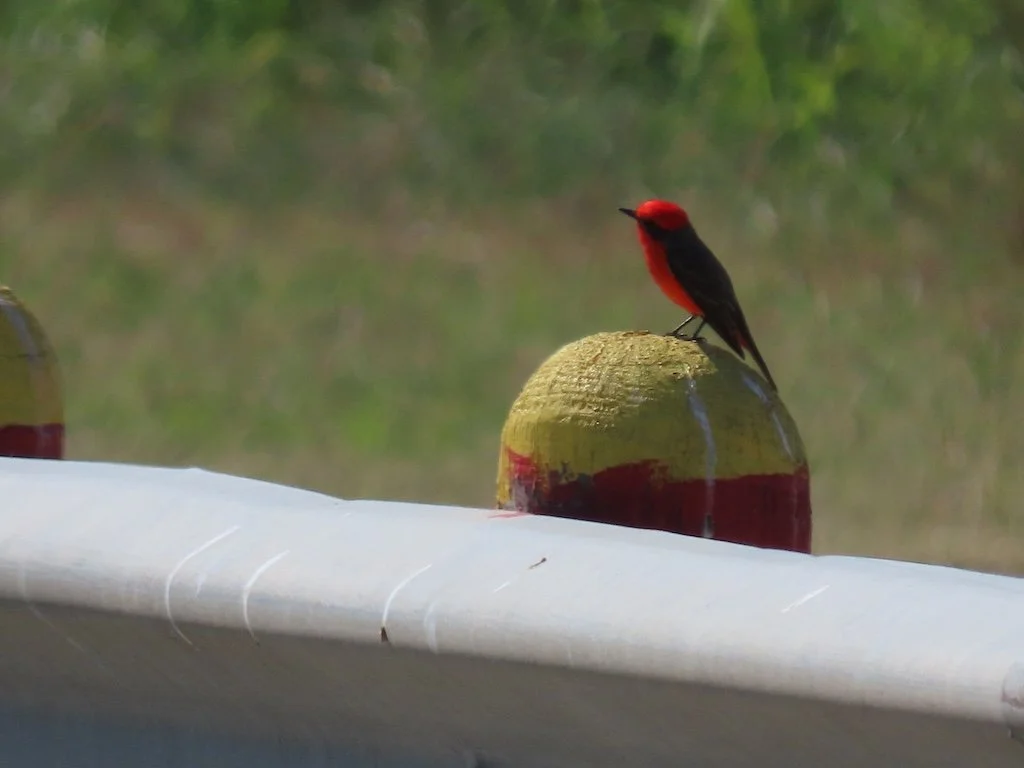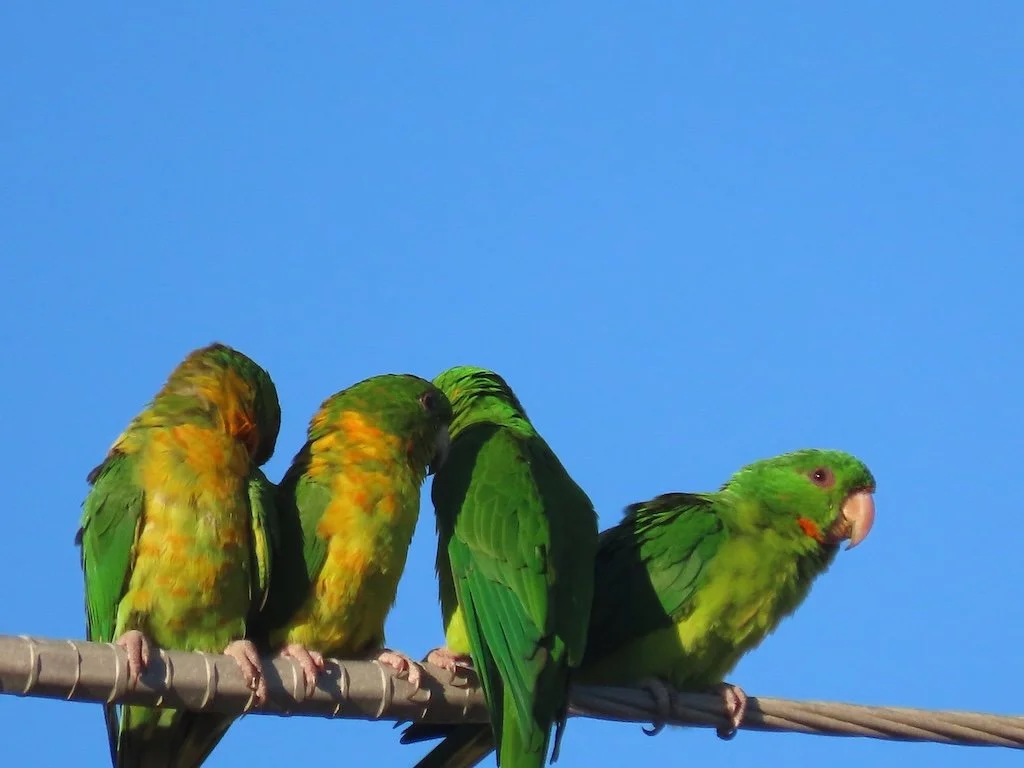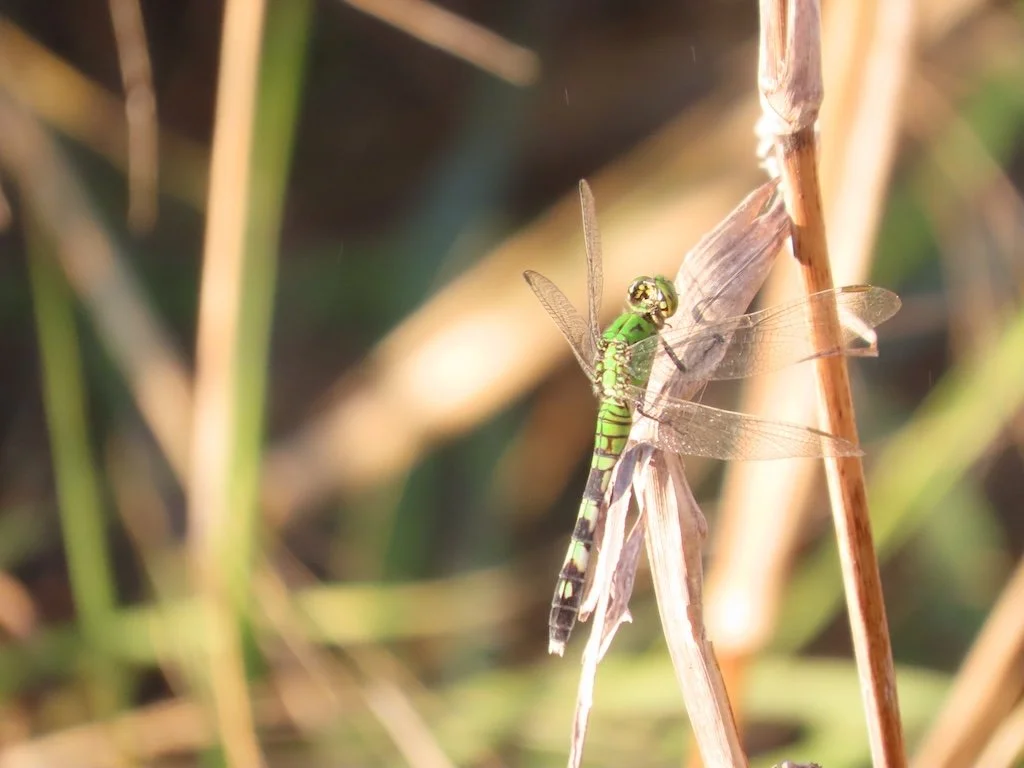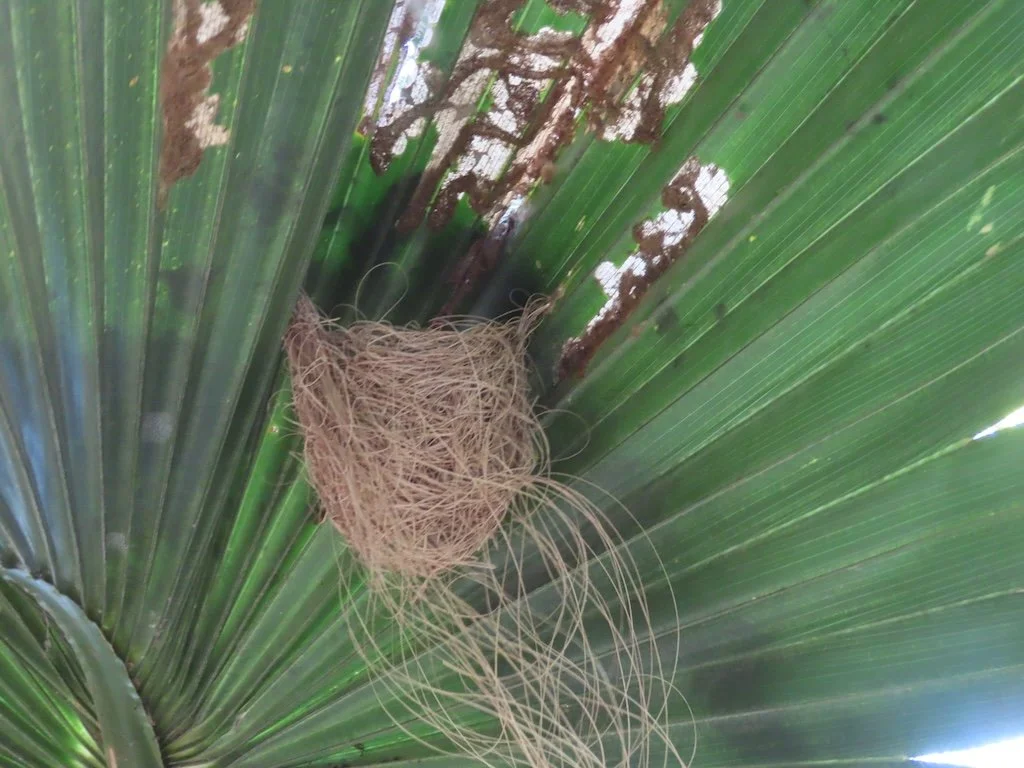Gleanings of the Week Ending August 12, 2023
/The items below were ‘the cream’ of the articles and websites I found this past week. Click on the light green text to look at the article.
Neolithic Necklace from Jordan Reassembled – Jewelry that was beautiful long ago…and still is. Beads of stone and shell primarily.
UNESCO Recommends Adding Venice to List of World Heritage in Danger – UNESCO is indicating that Venice’s proposed solutions are “currently insufficient and not detailed enough and should be subject to further discussions and exchanges.” I’m a little surprised that Venice hasn’t been on the list for years.
'Time-traveling' pathogens in melting permafrost pose likely risk to environment – Quantifying the risks using simulations. The results so far estimate that 1% of the invaders (ancient pathogens) are unpredictable…some could cause 33% of the host species to die out while others could increase diversity by up to 12%. Outbreak events caused by ancient pathogens represent a substantial hazard to human health in the future.
In Peru, discovery of ancient ruins outpaces authorities' ability to care for them – Lima is home to more than 400 known pyramids, temples and burial sites, many of which predate the Incas and are known in Spanish as "huacas"…and archaeologists continue to find/dig new sites! 27 sites are open to visitors…the rest are deteriorating (or actively being destroyed by looters or squatters).
Inflammation discovery could slow aging, prevent age-related diseases – Researchers at the University of Virginia School of Medicine have discovered that improper calcium signaling in the mitochondria of certain immune cells (macrophages) drives harmful inflammation. Creating drugs that increase calcium uptake by mitochondrial macrophages could prevent harmful inflammation and slow age associate neurogenerative diseases.
Piecing Together the Puzzle of Oman’s Ancient Towers – 4,000 years old! And there are over 100 known towers found today in Oman and the United Arab Emirates. The purpose and function of the towers remain largely a mystery although water might be involved. They appear to be built close to places where there is/was access to surface water.
Lake Tahoe’s Clear Water Is Brimming with Tiny Plastics – Its water contains the third-highest amount of microplastics among 38 freshwater reservoirs and lakes around the globe! Lake Tahoe is also full of garbage ranging from sunglasses to car tires; 25,000 pounds of debris was removed from the lake between 2021 and 2022.
Dementia becomes an emergency 1.4 million times a year – And these patients are 2x more likely to be seeking emergency care after an accident or a behavioral/mental health crisis. Once a person with dementia is in the emergency department, it can be a very disorienting experience. "Even routine blood draws from unfamiliar staff can be a very scary experience for a patient with advanced dementia."
Decades of public messages about recycling in the US have crowded out more sustainable ways to manage waste – To often we overlook waste reduction and reuse in favor of recycling.
Steel Industry Pivoting to Electric Furnaces - Iron and steel production accounts for 7% of carbon emissions worldwide – using coal in blast furnaces. But – progress is being made. 43% of planned steelmaking capacity globally will rely on electric-arc furnaces, up from 33% last year! Even so – the rate of transition needs to be increased to stay on track for only 1.5 degrees C warming.

